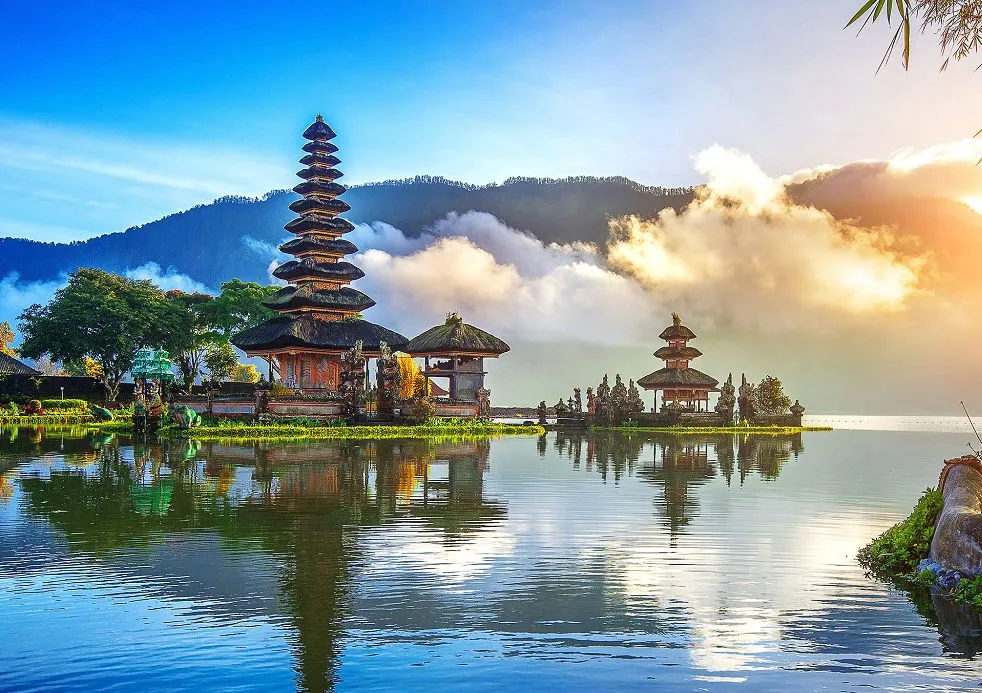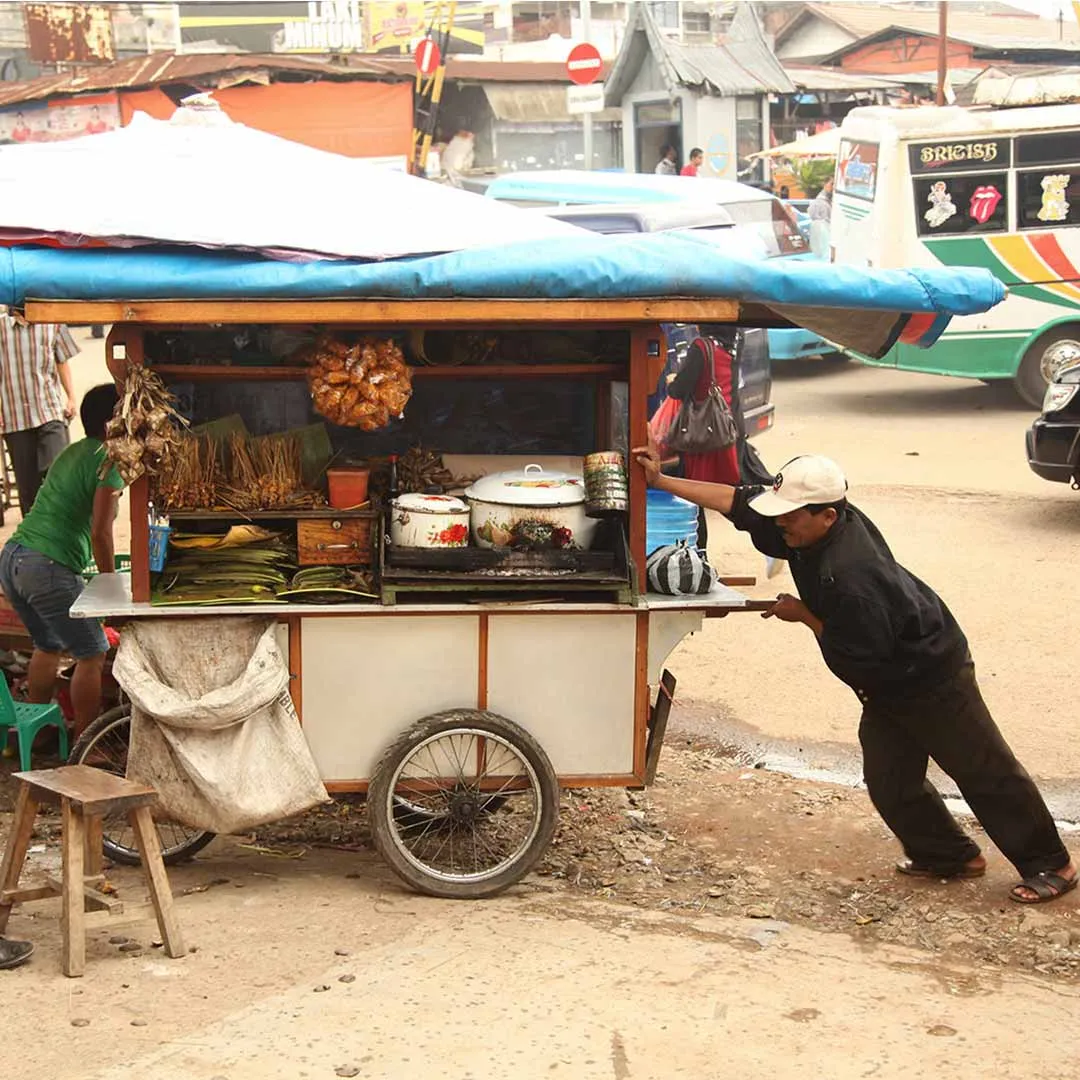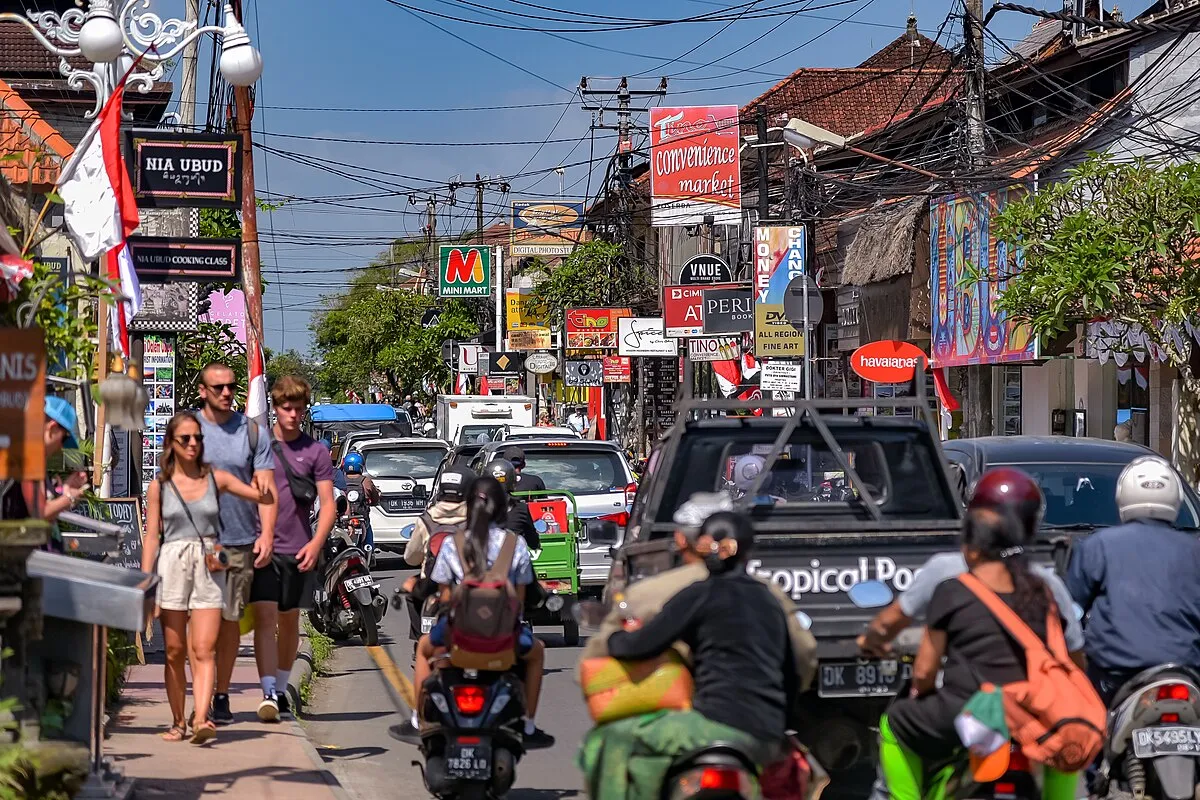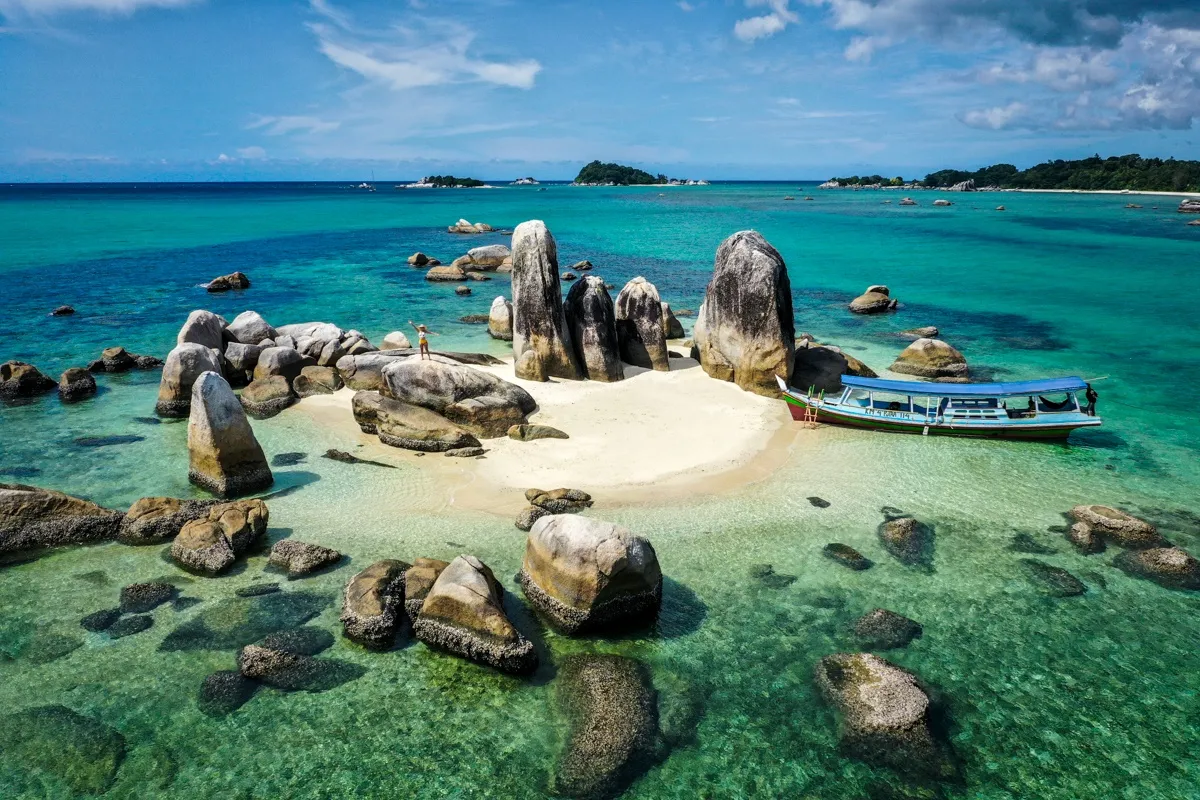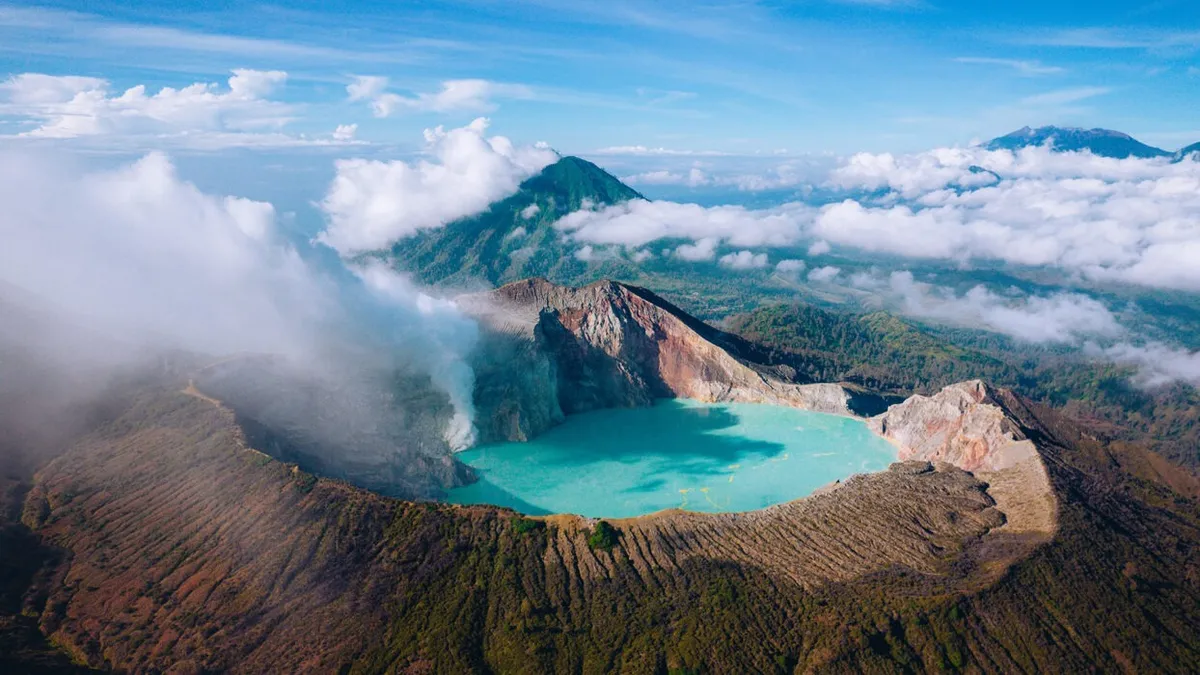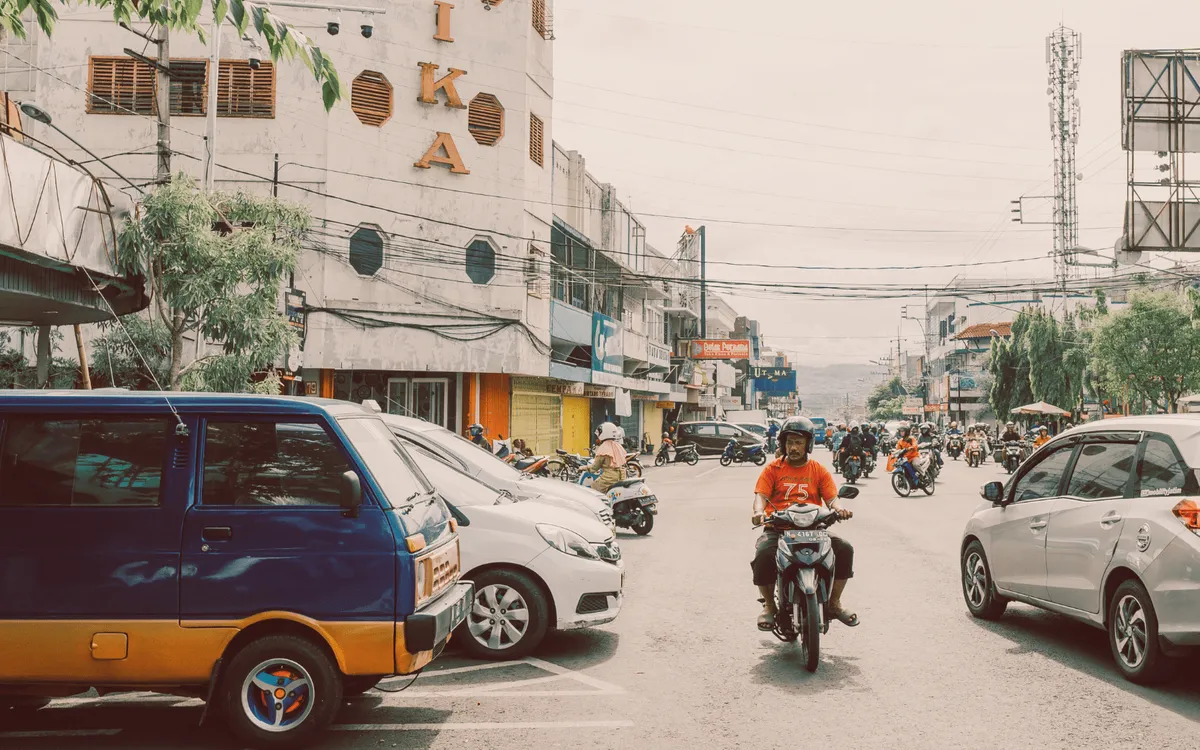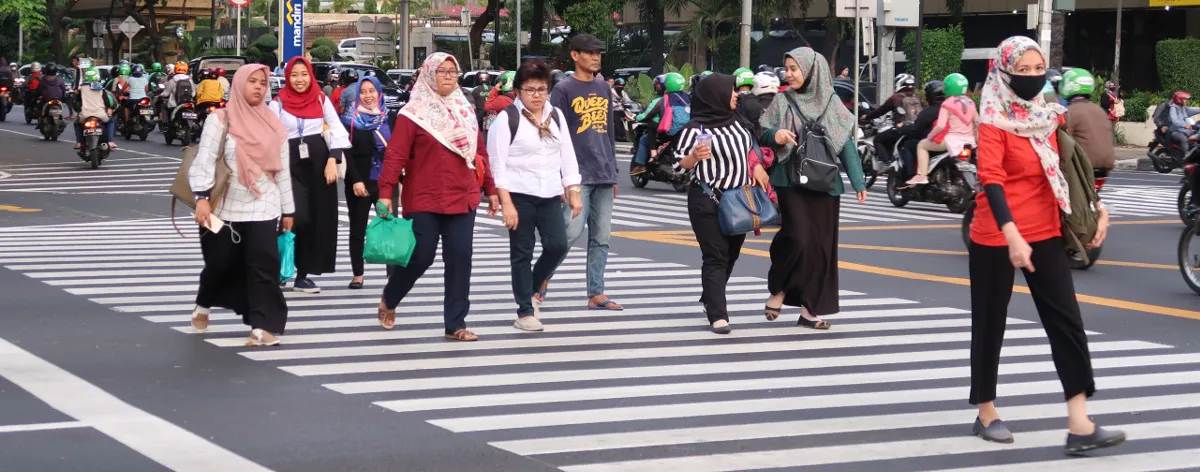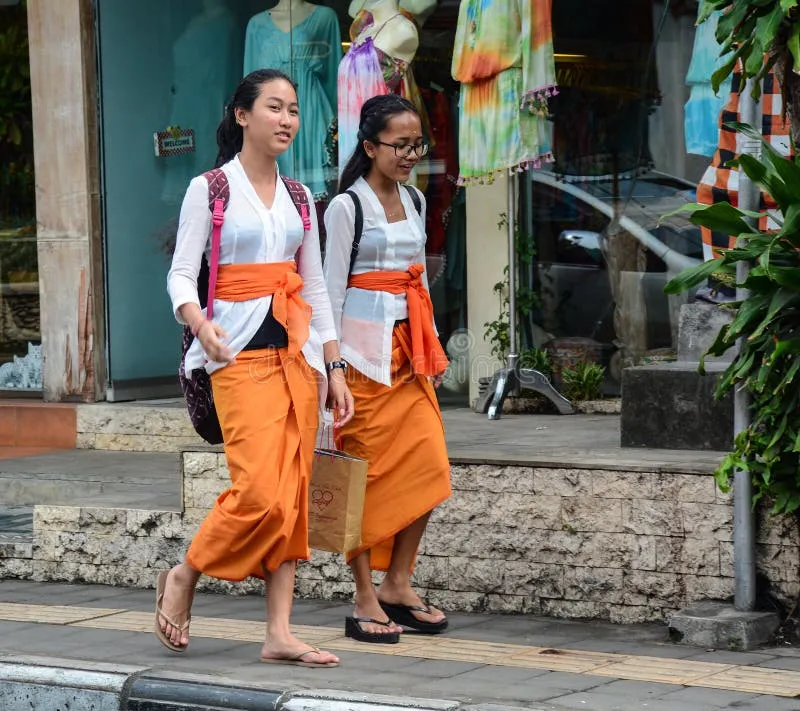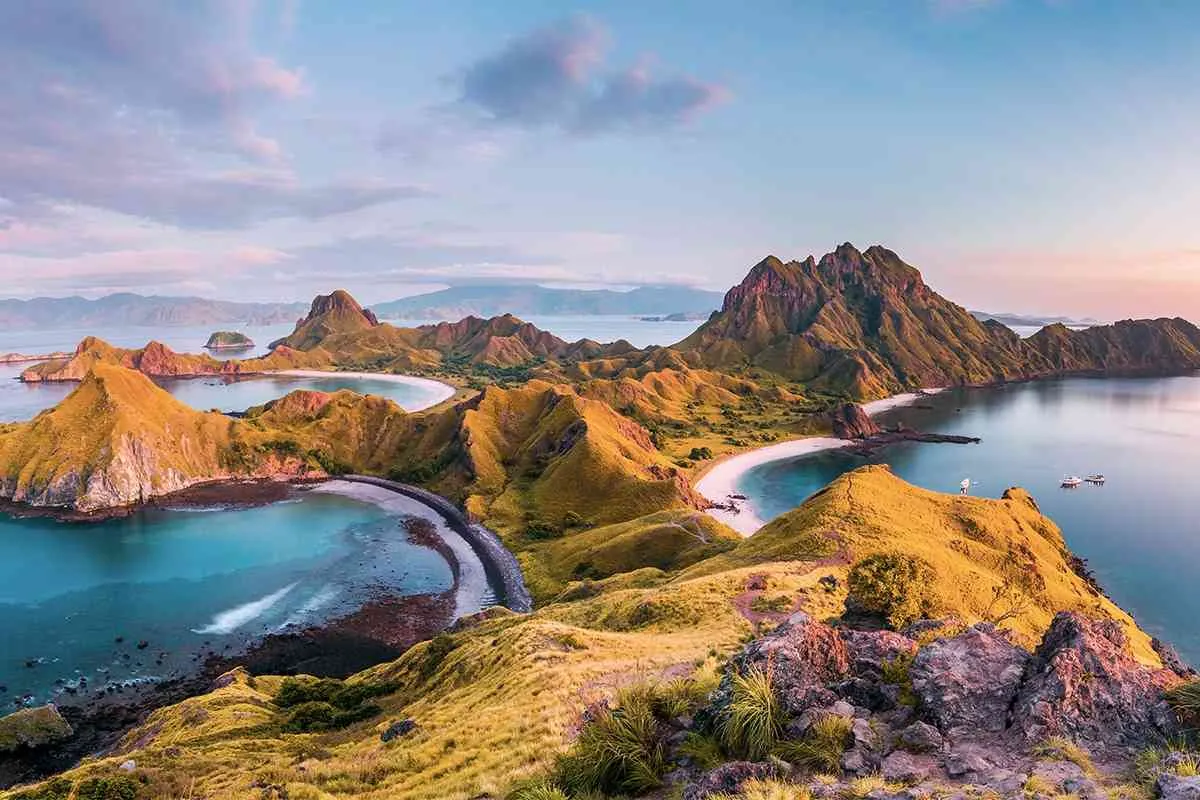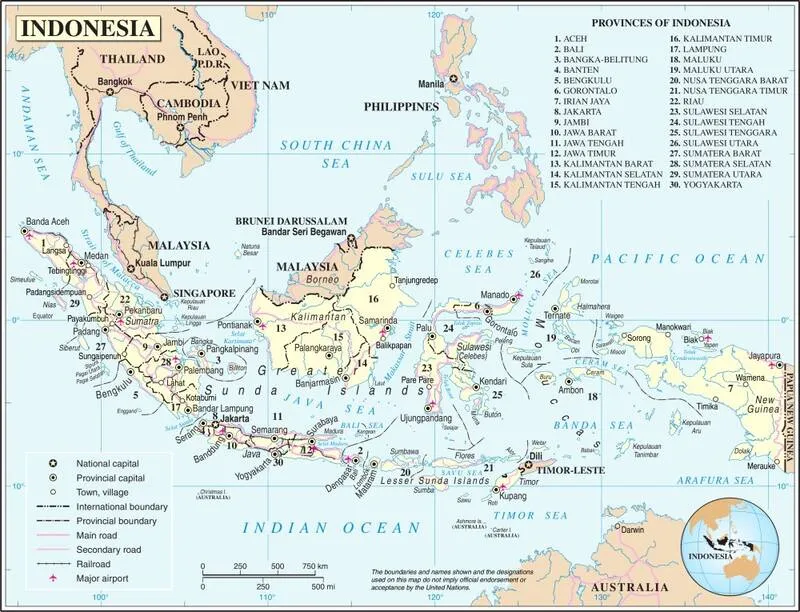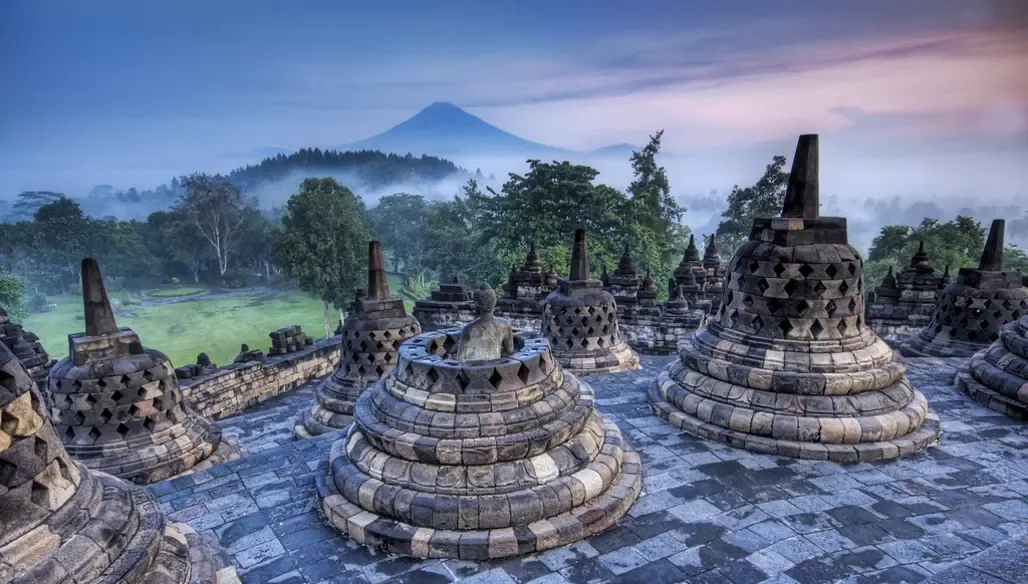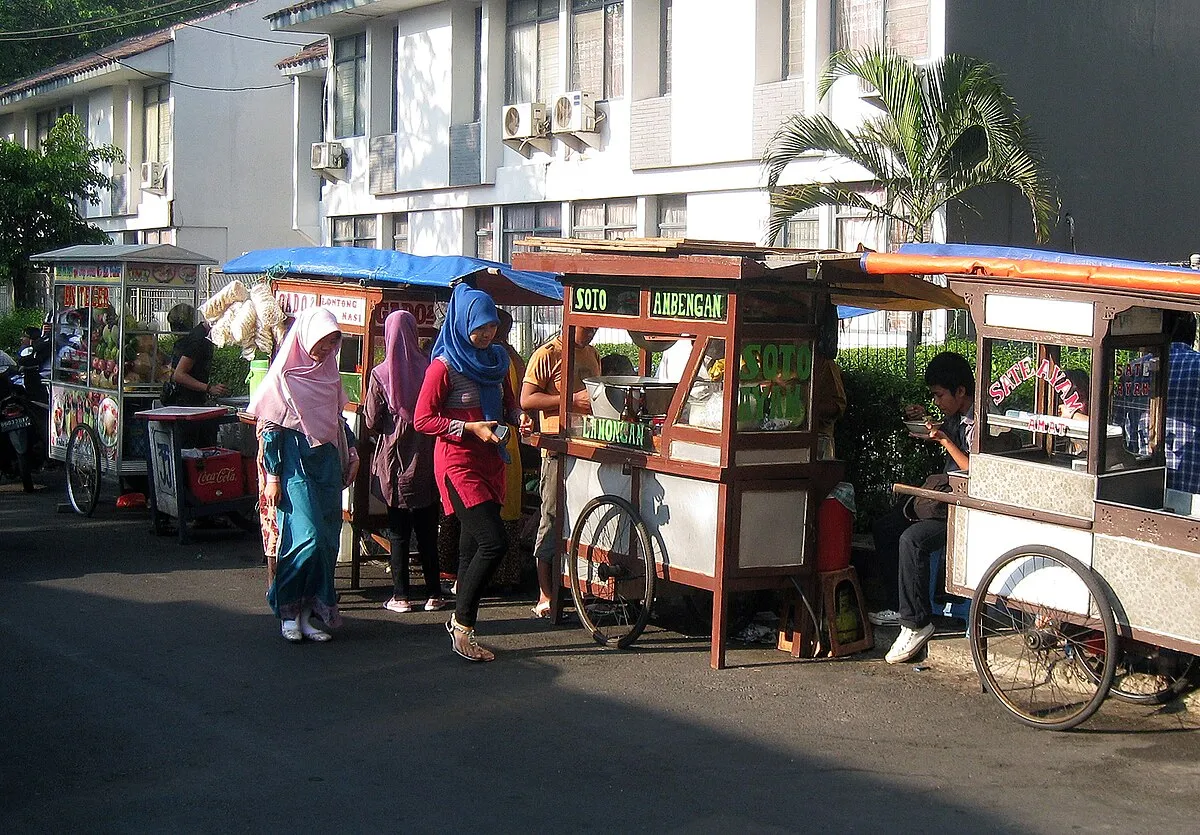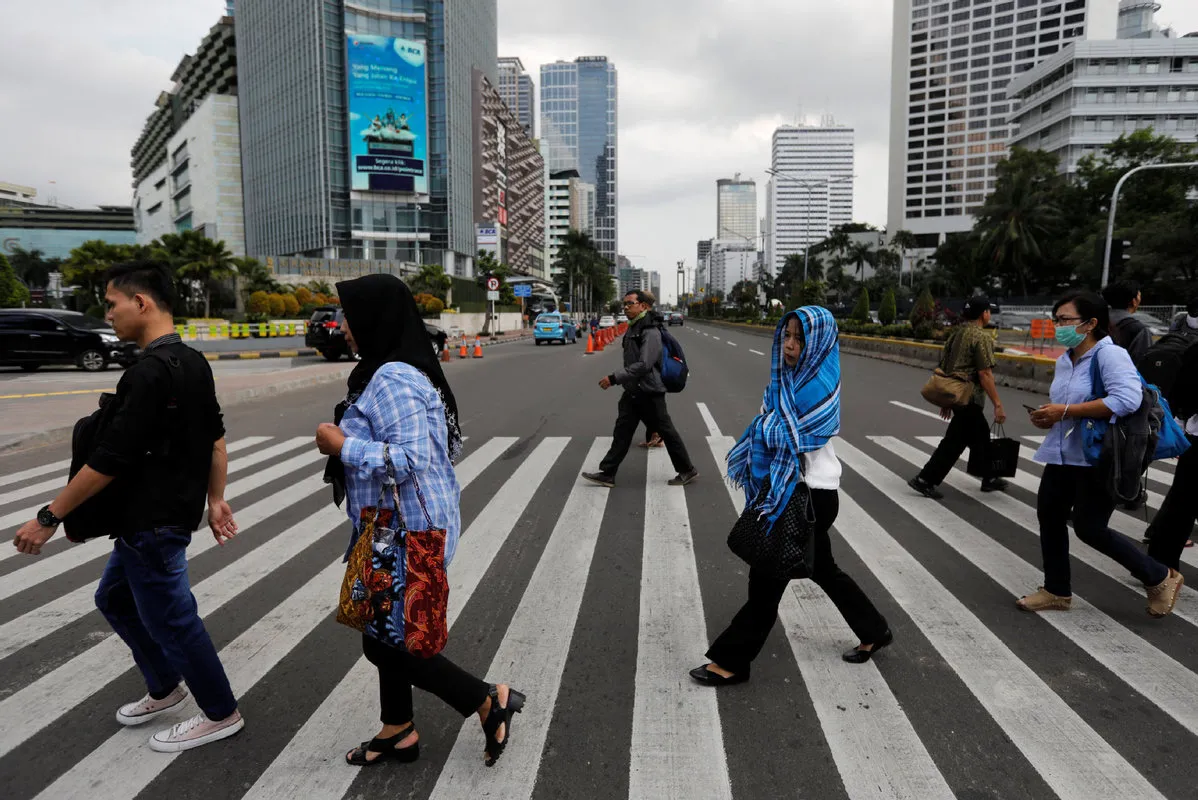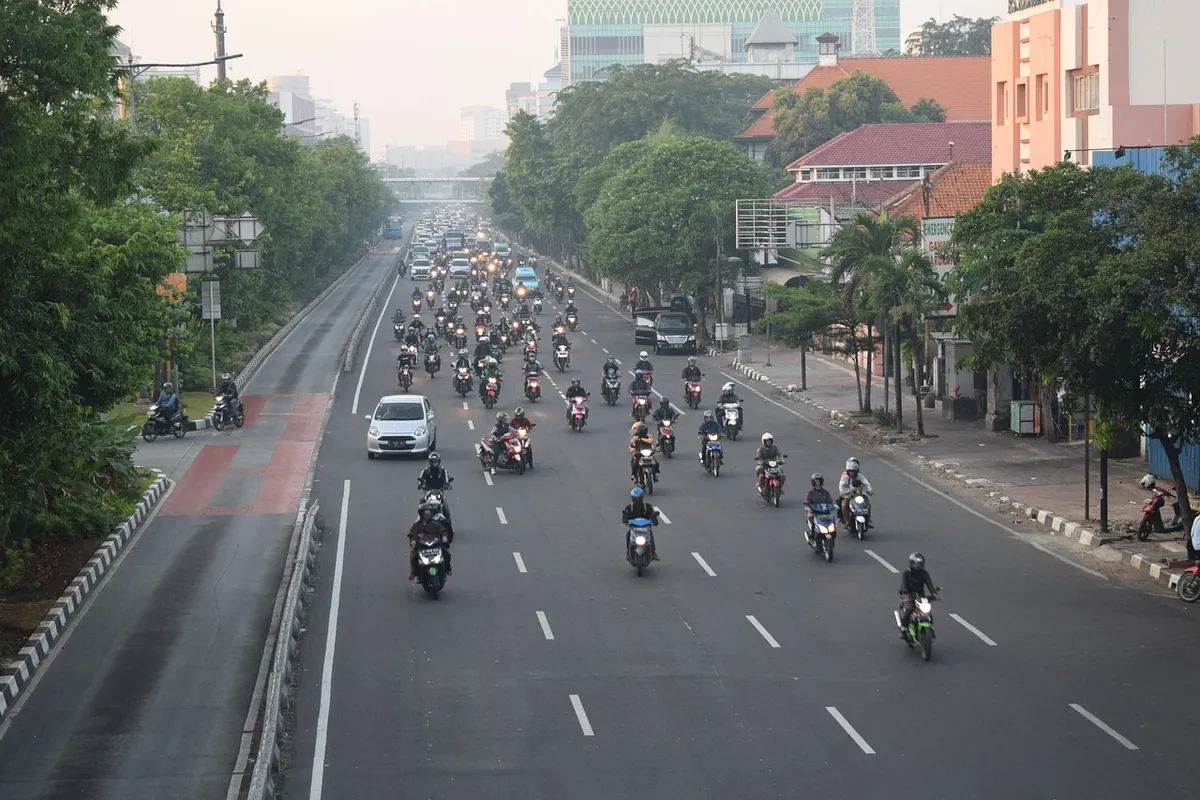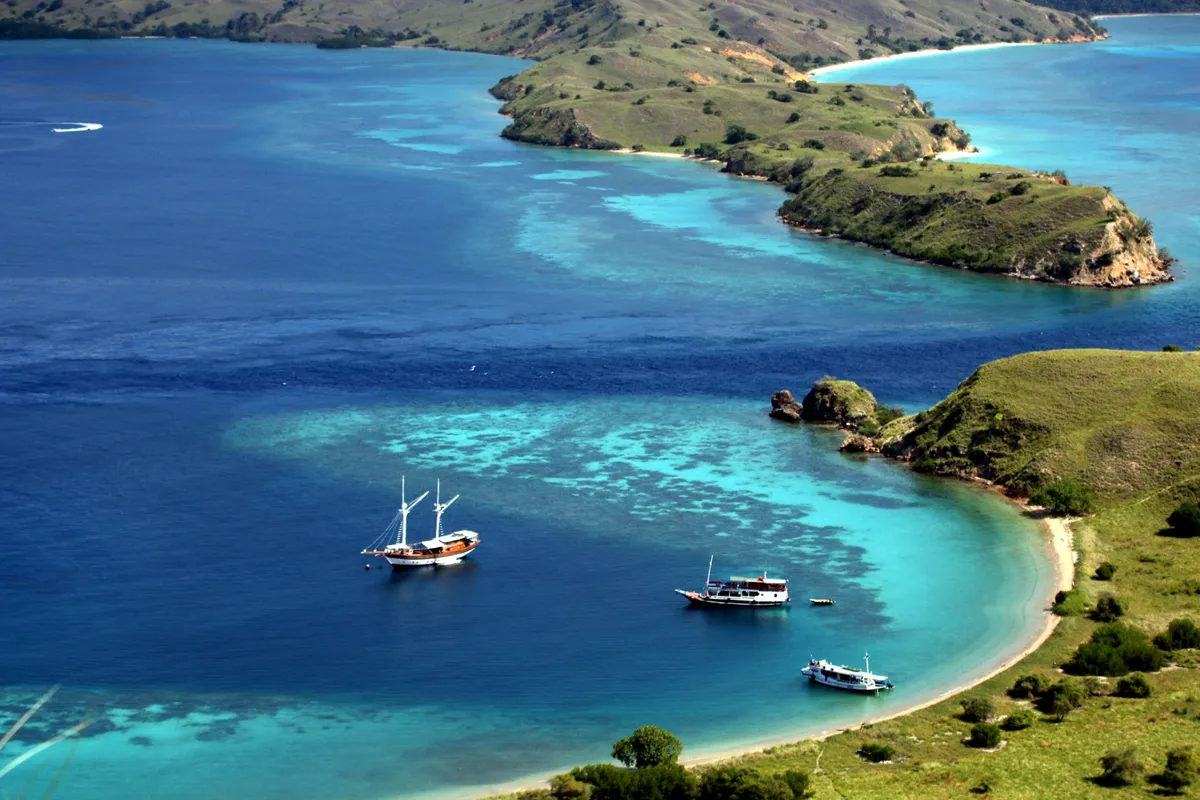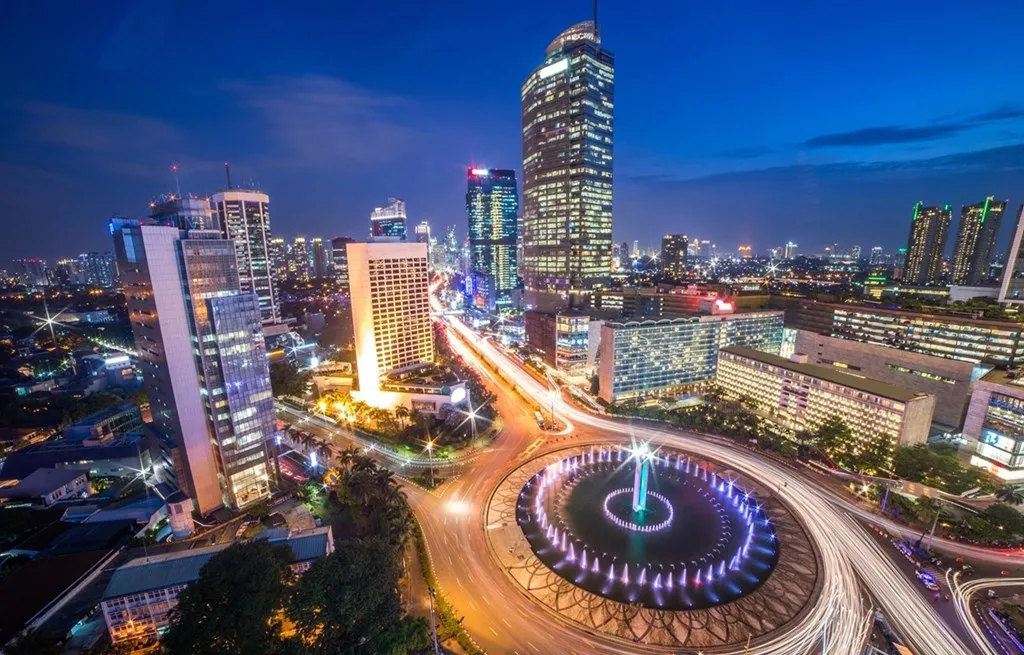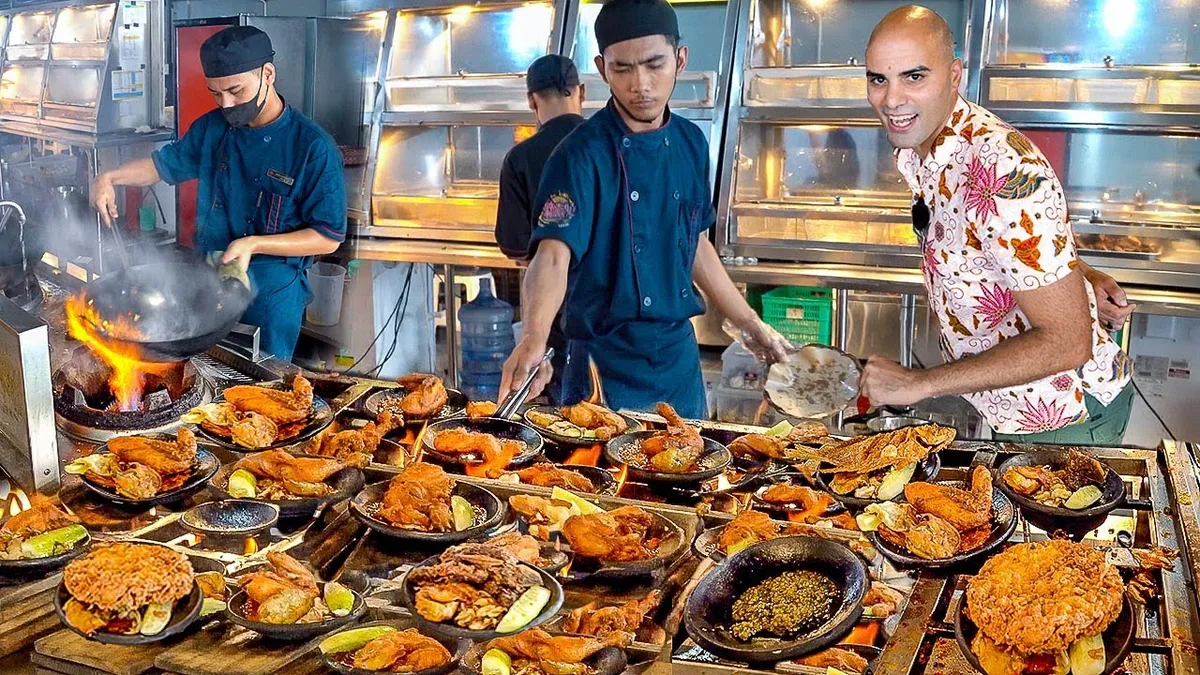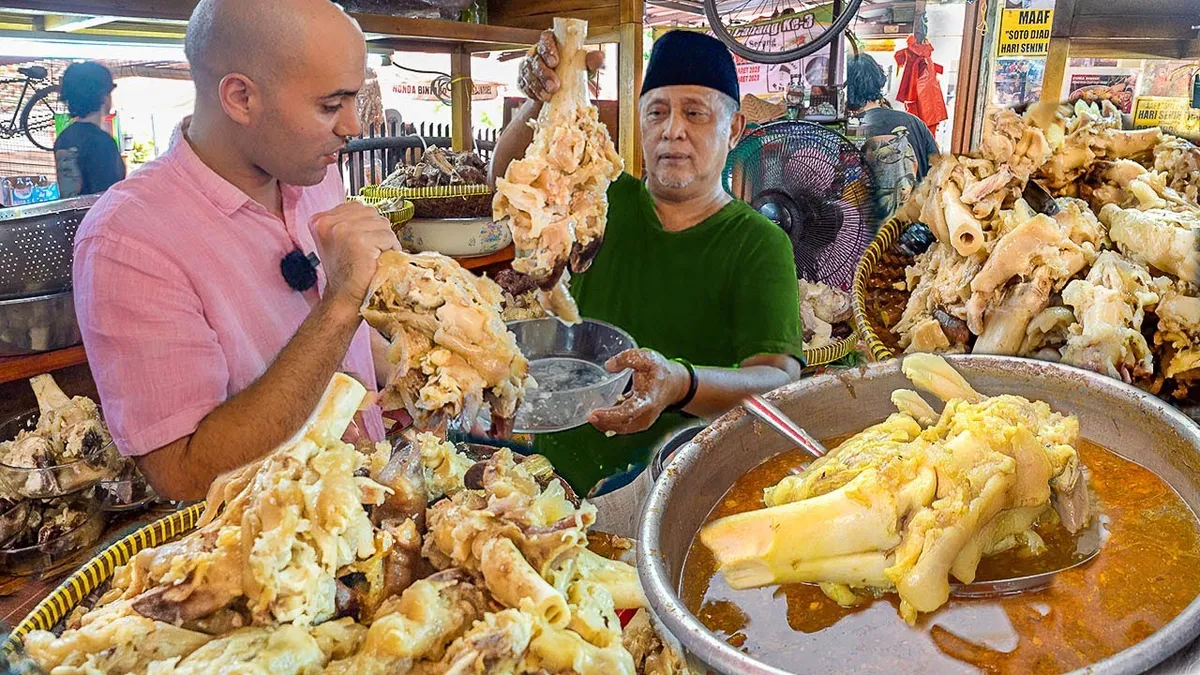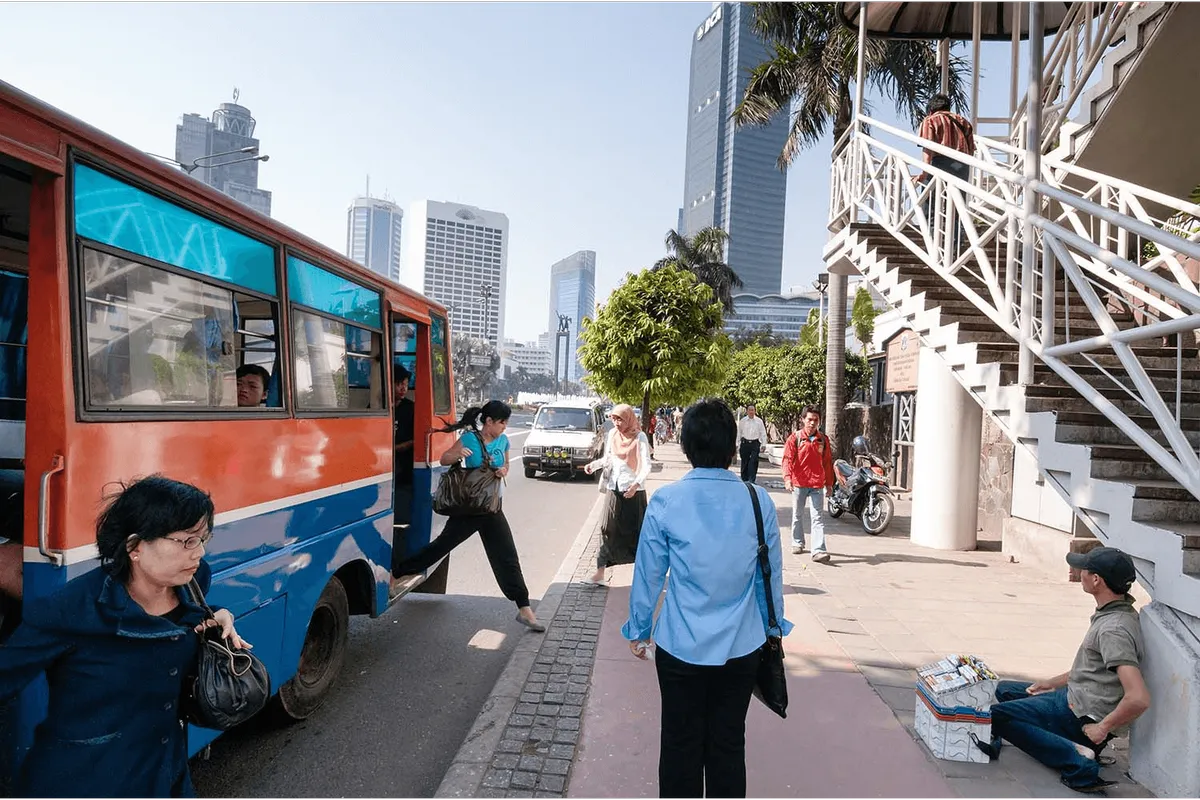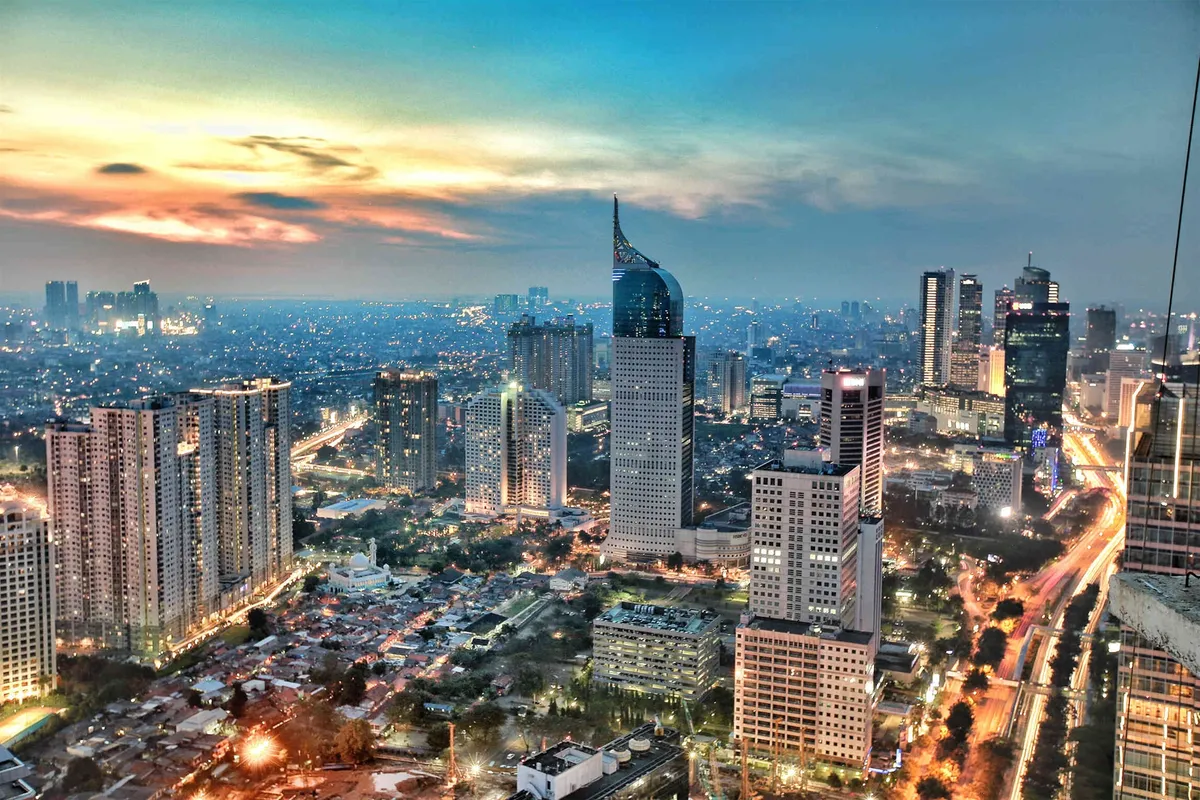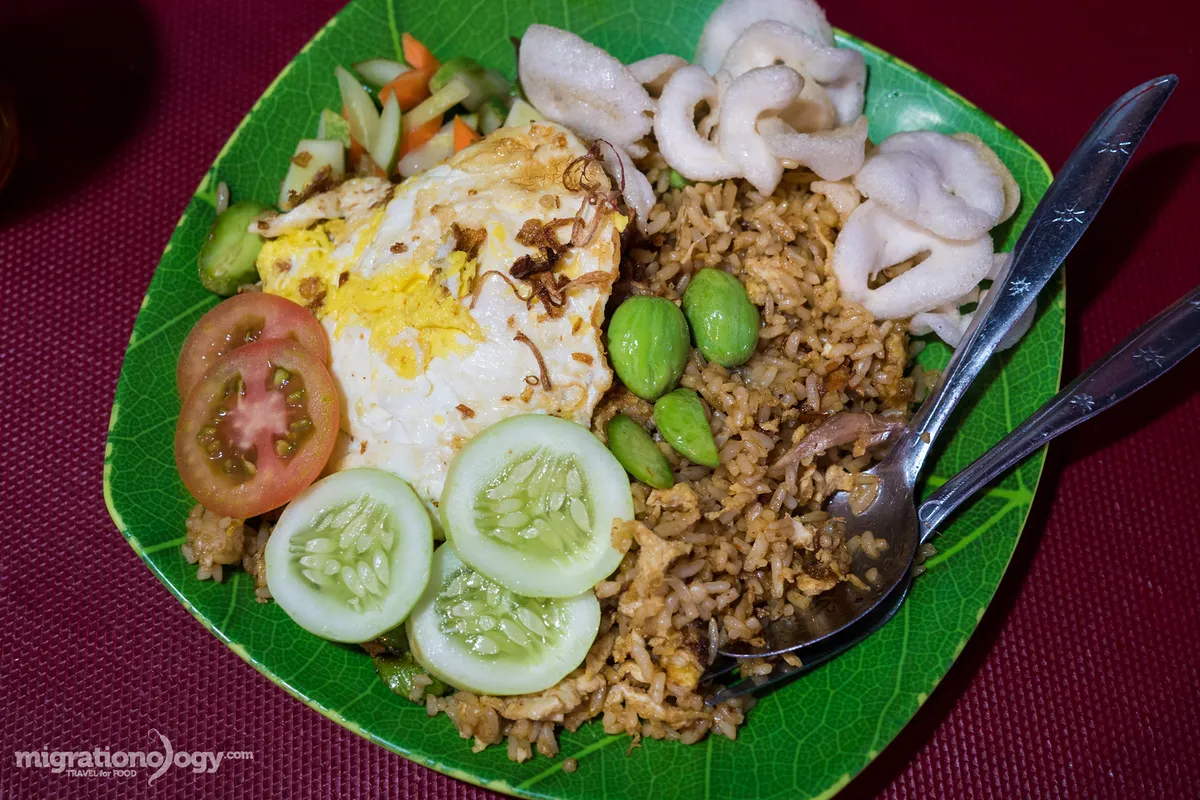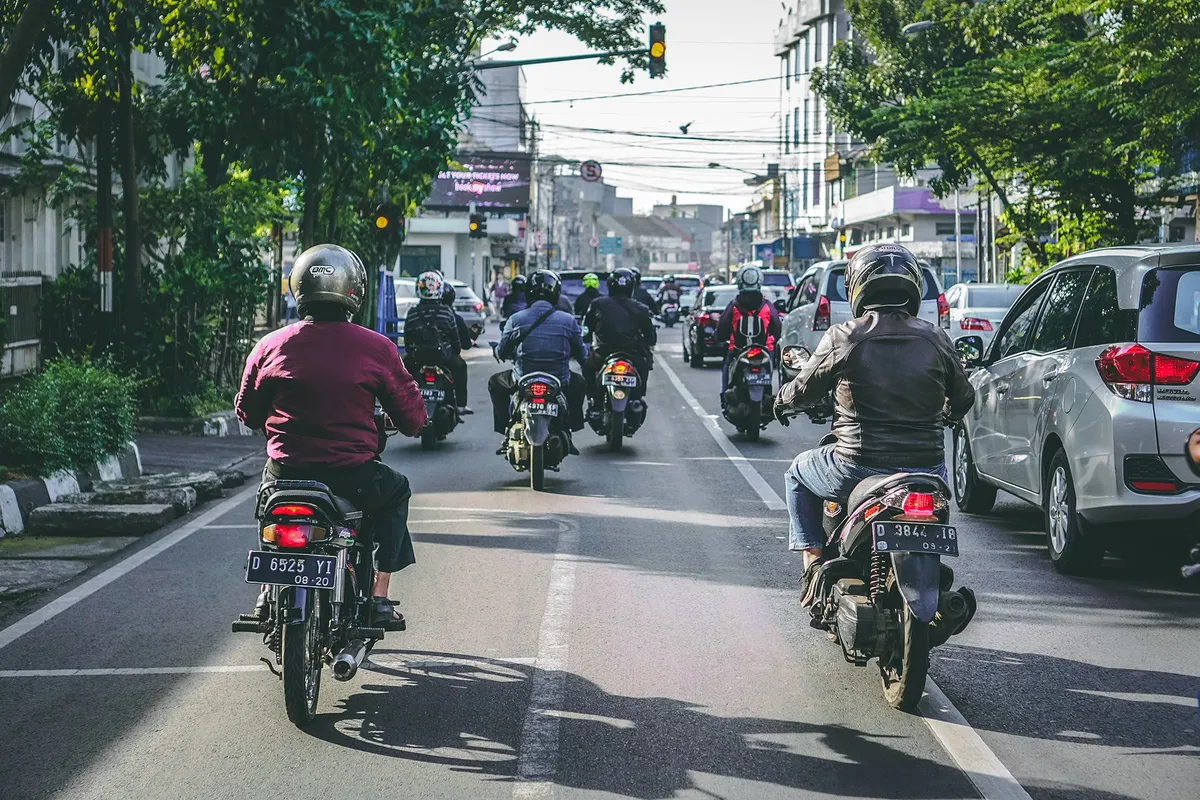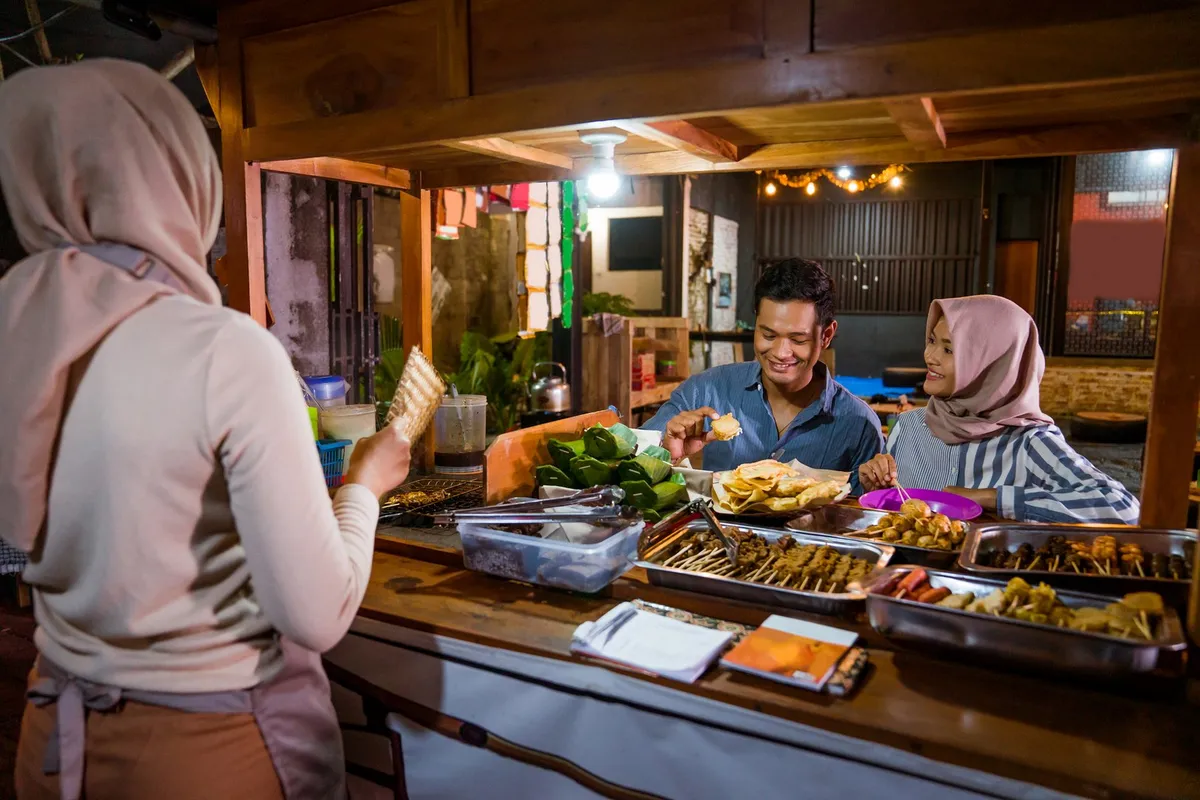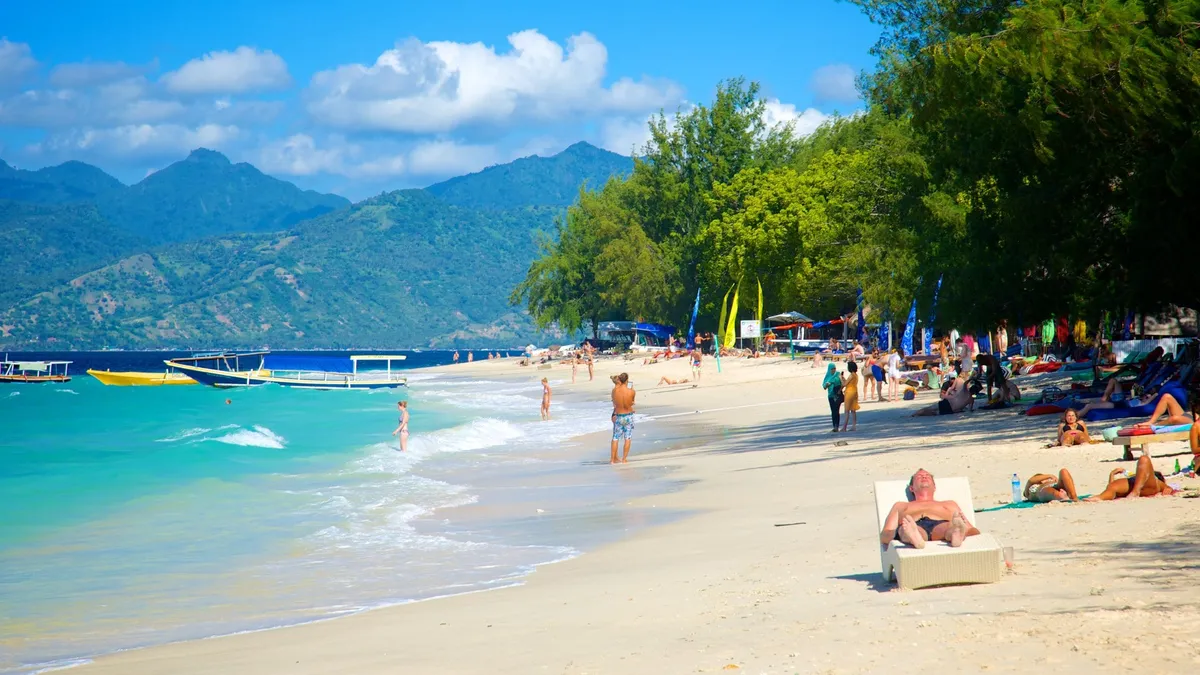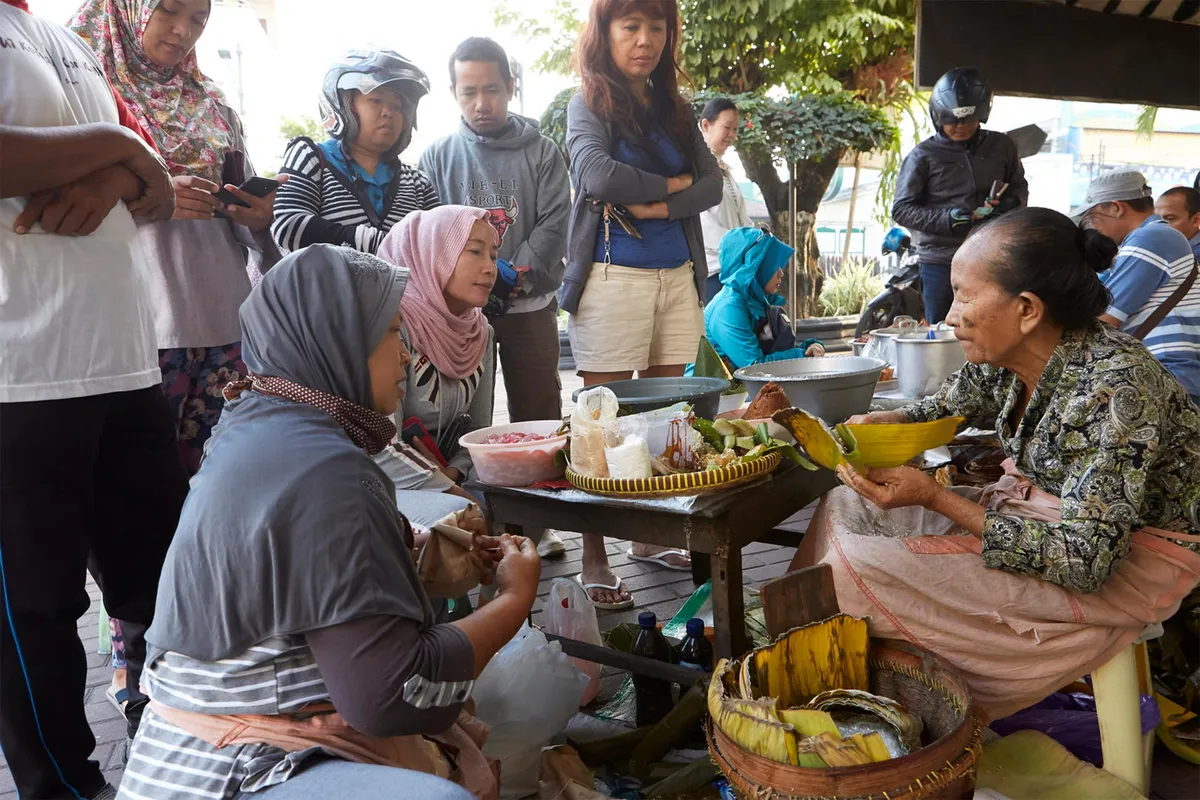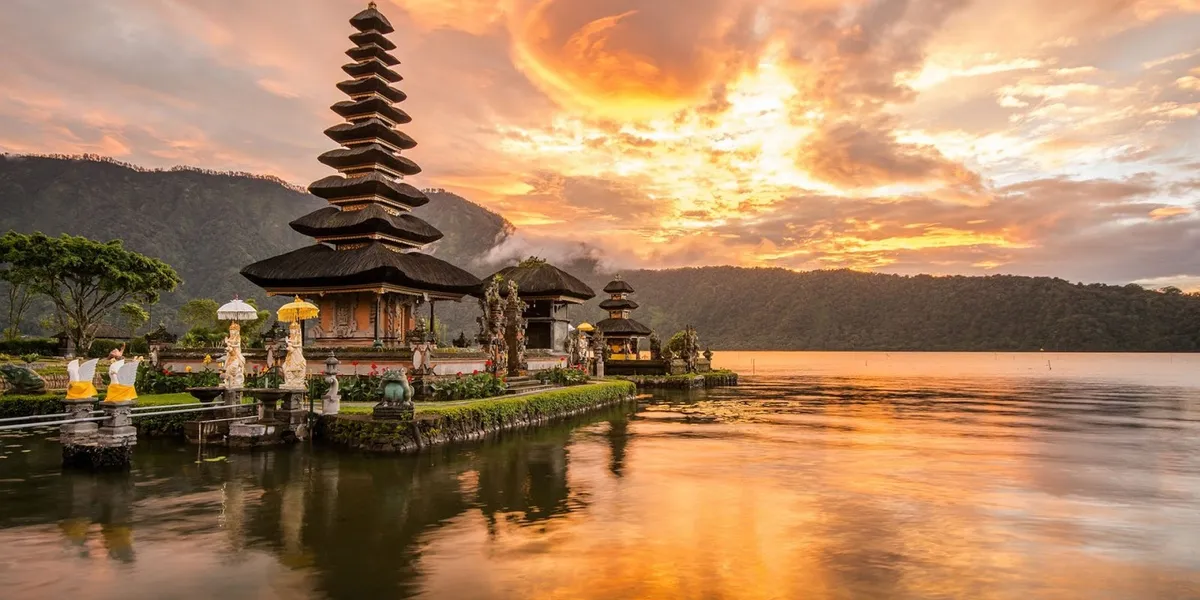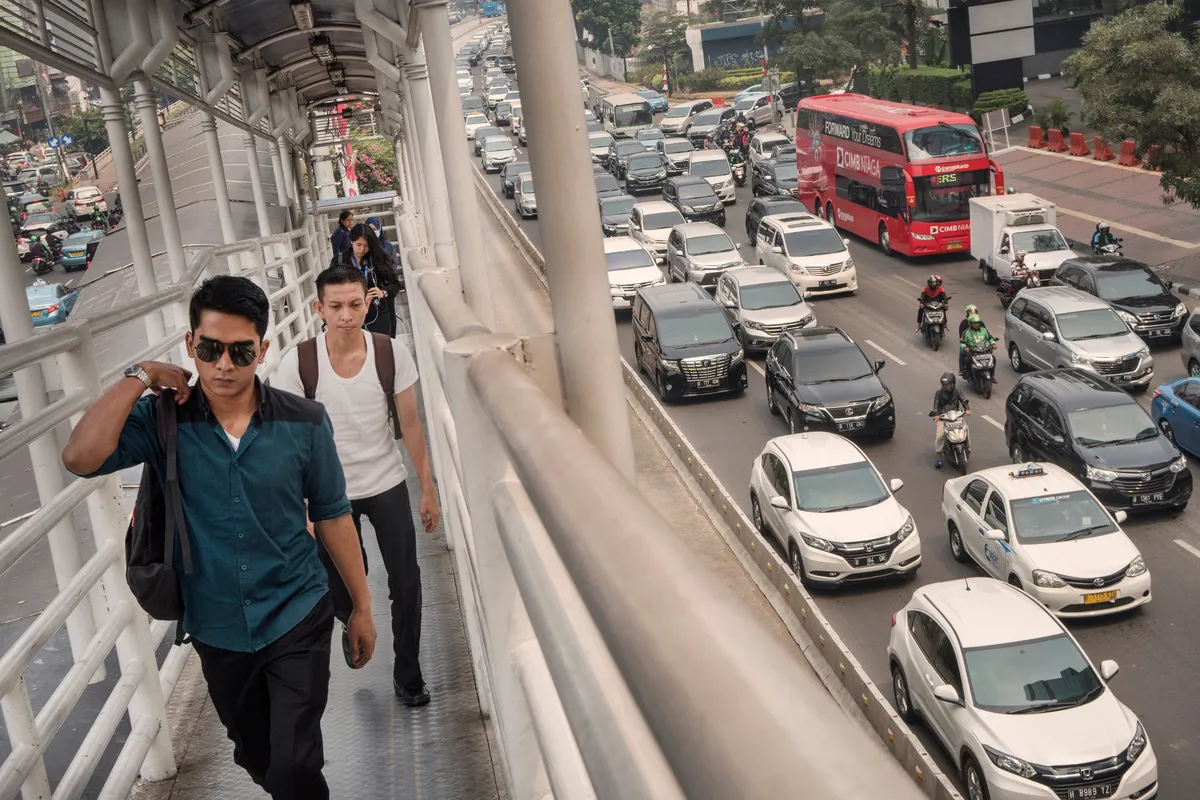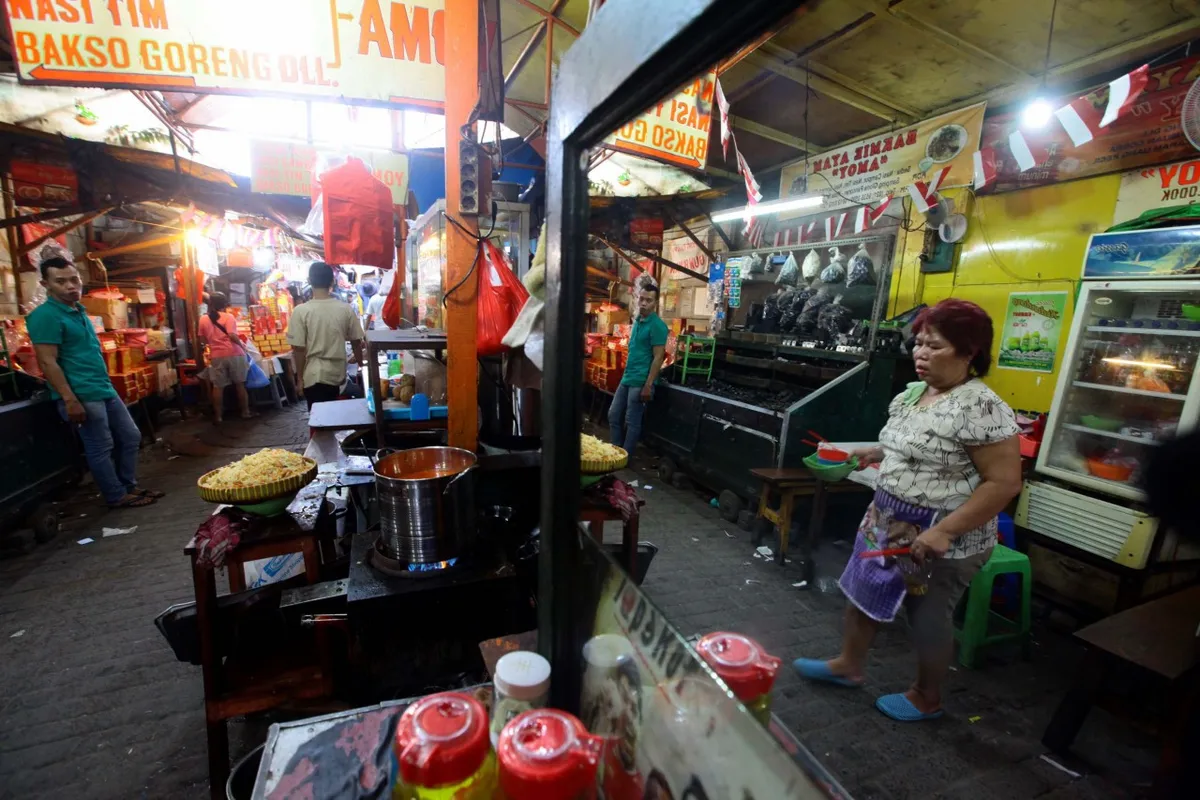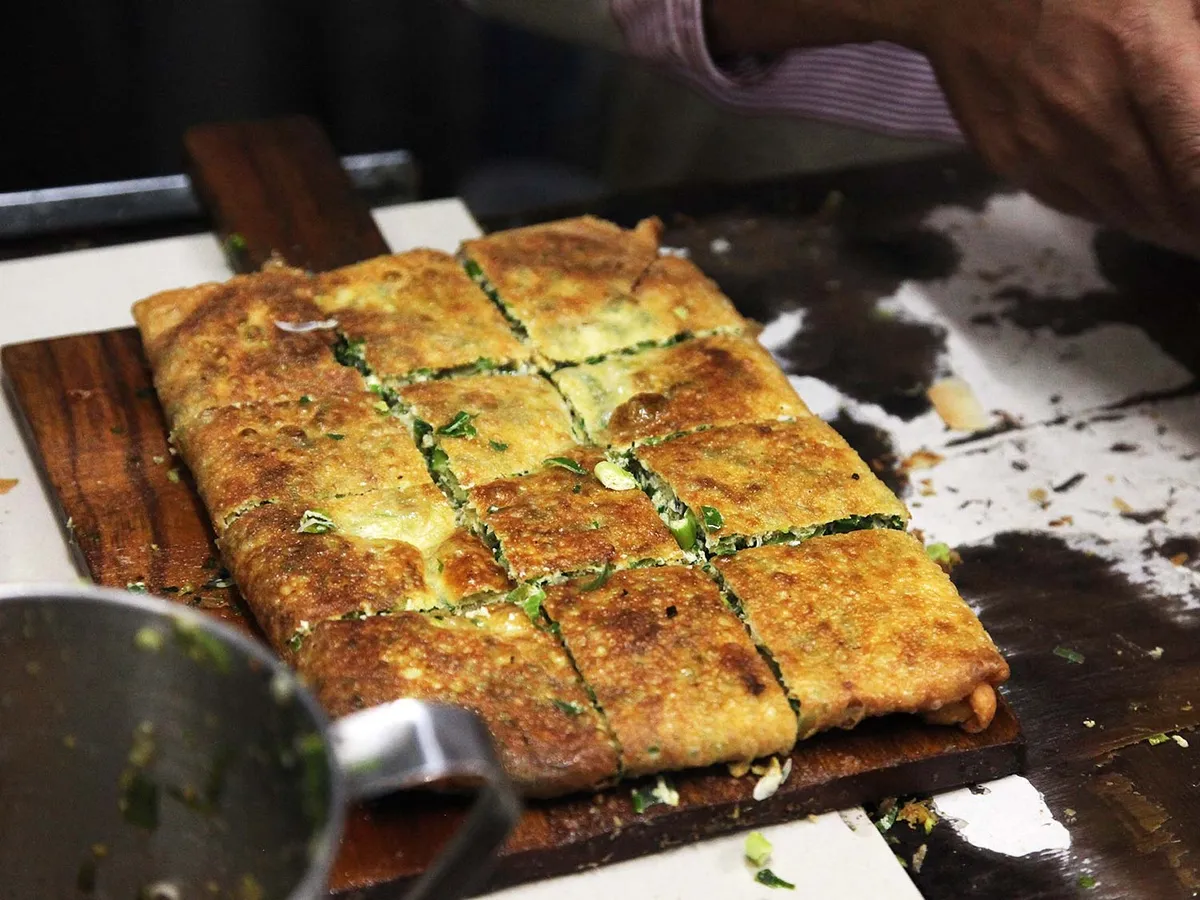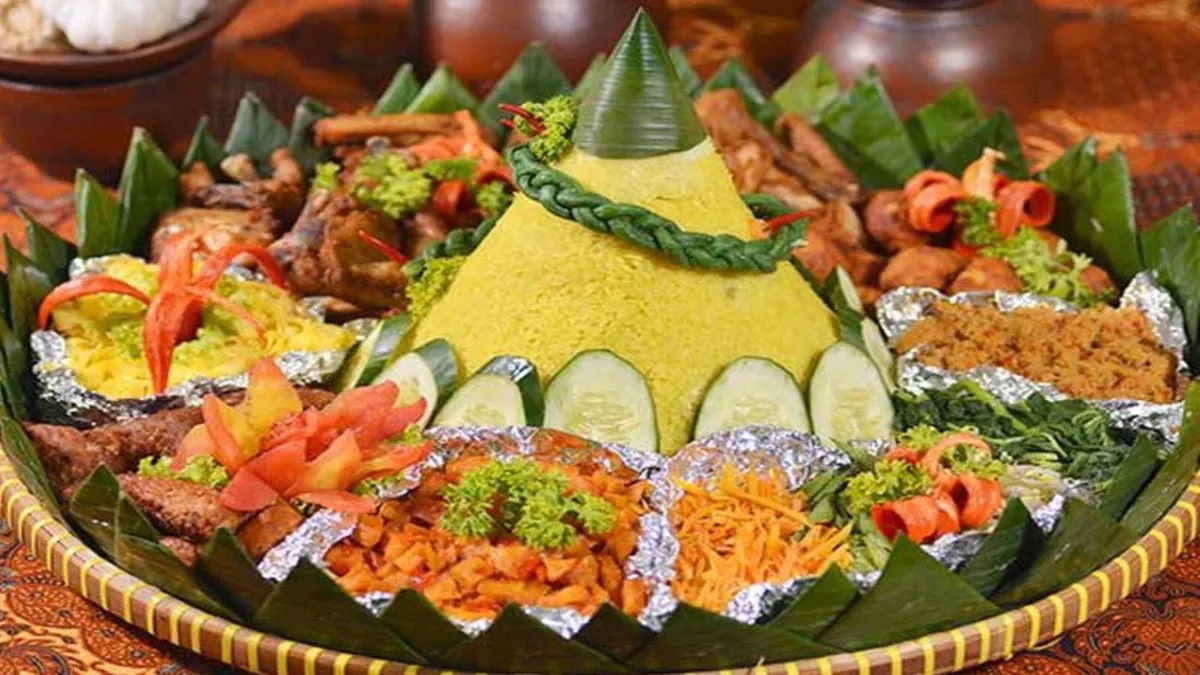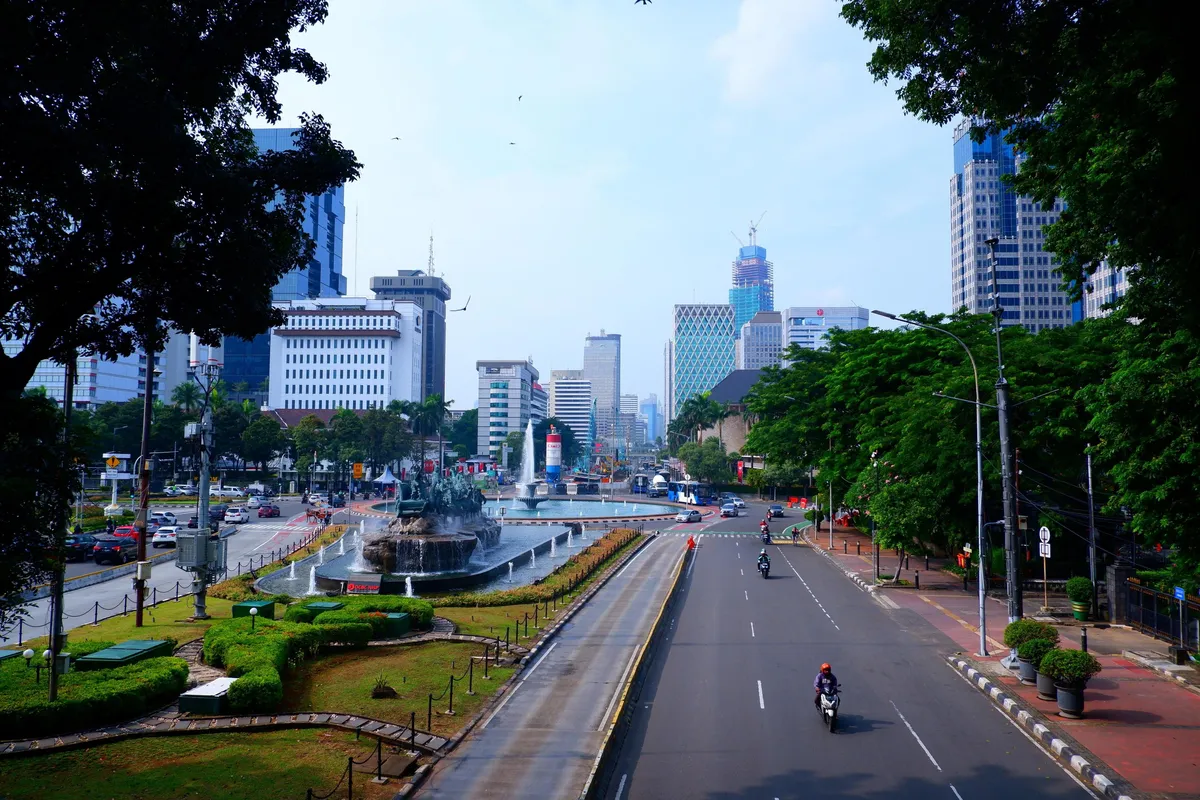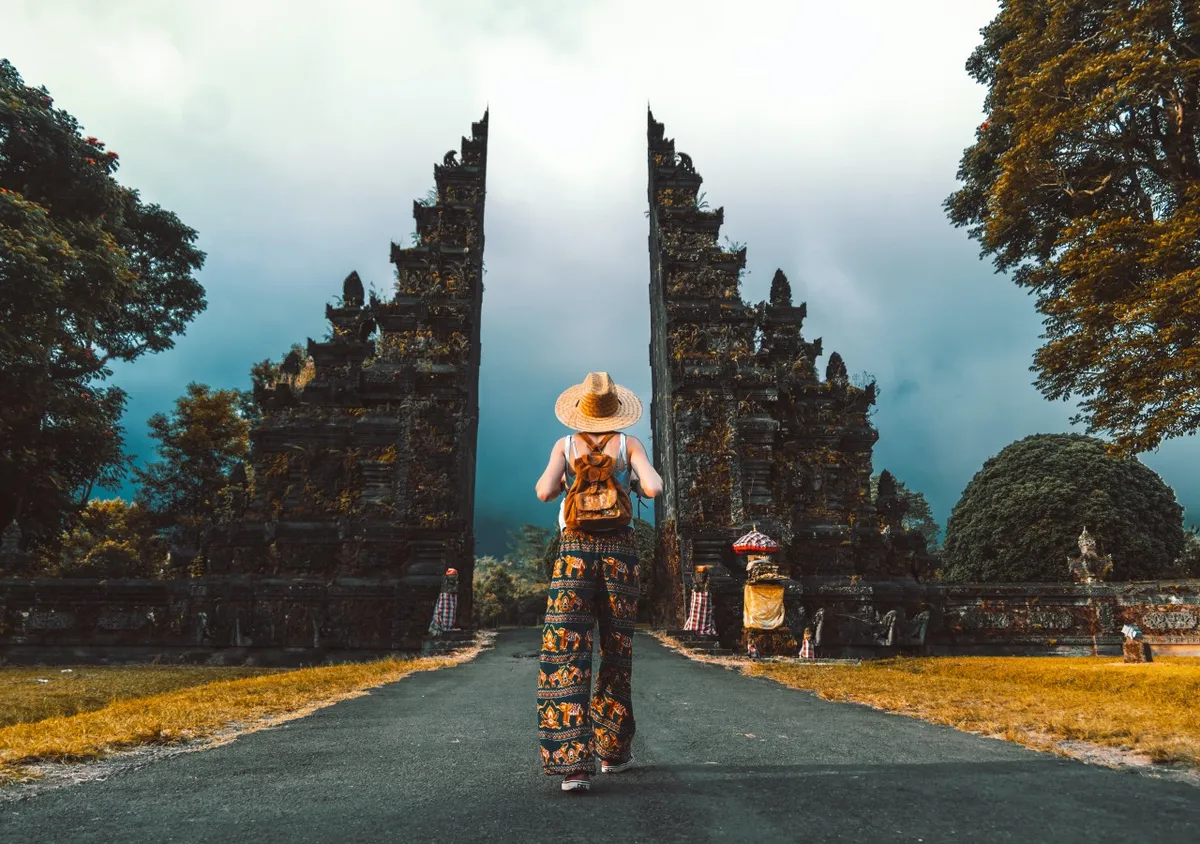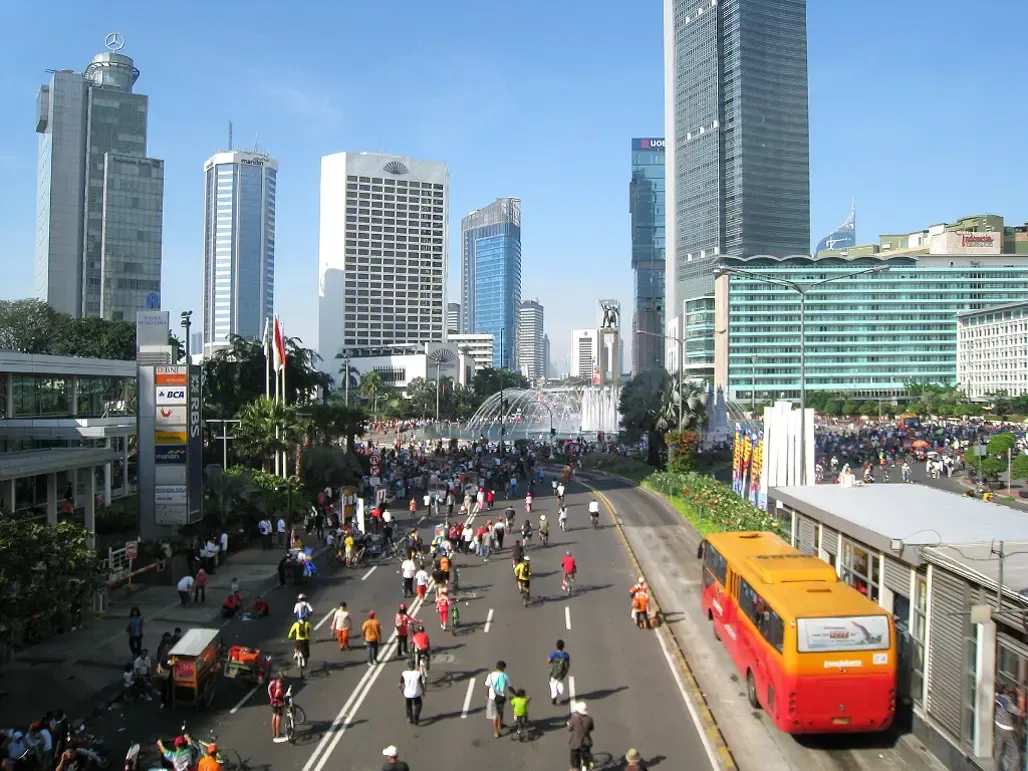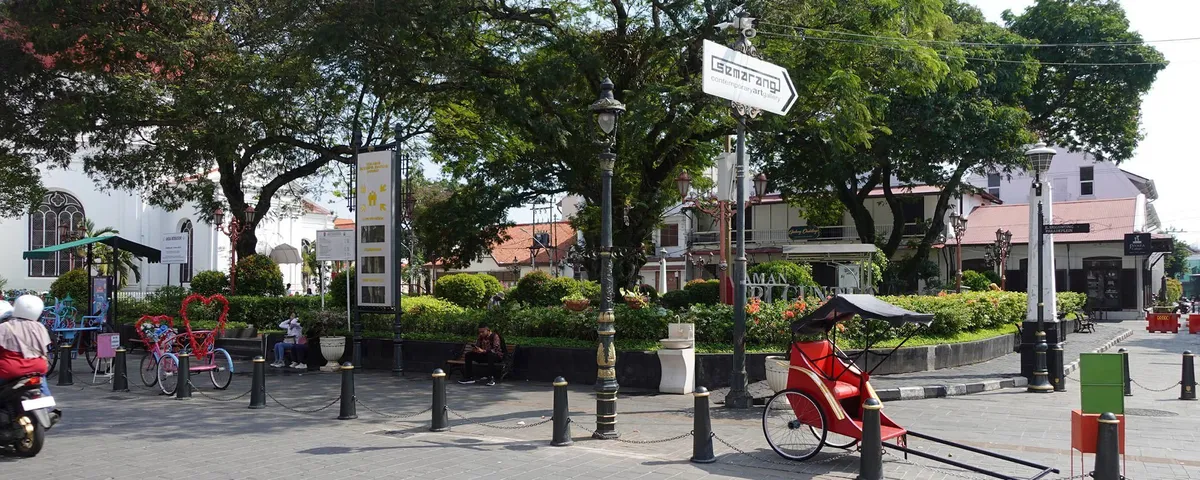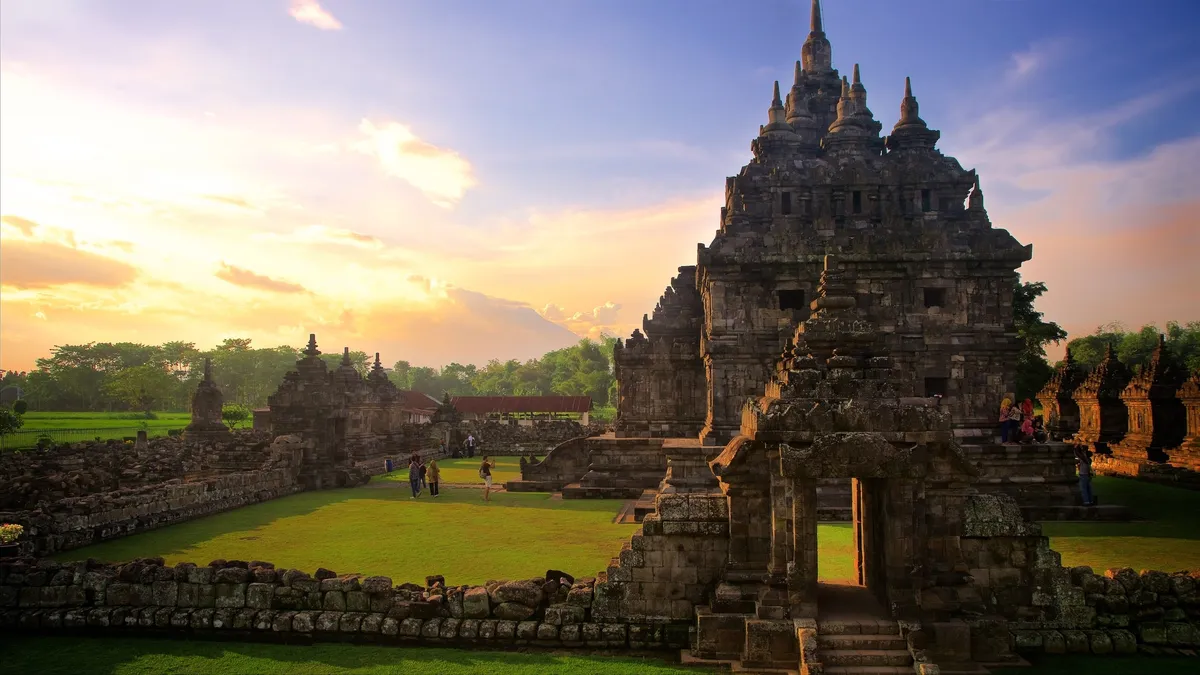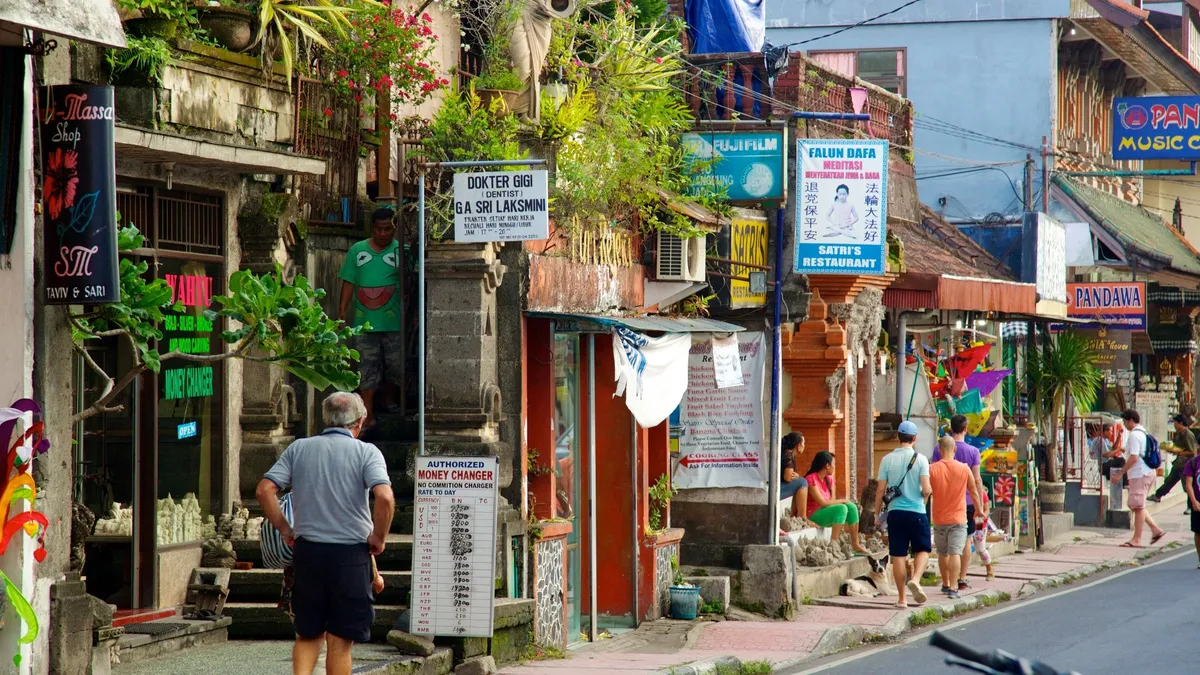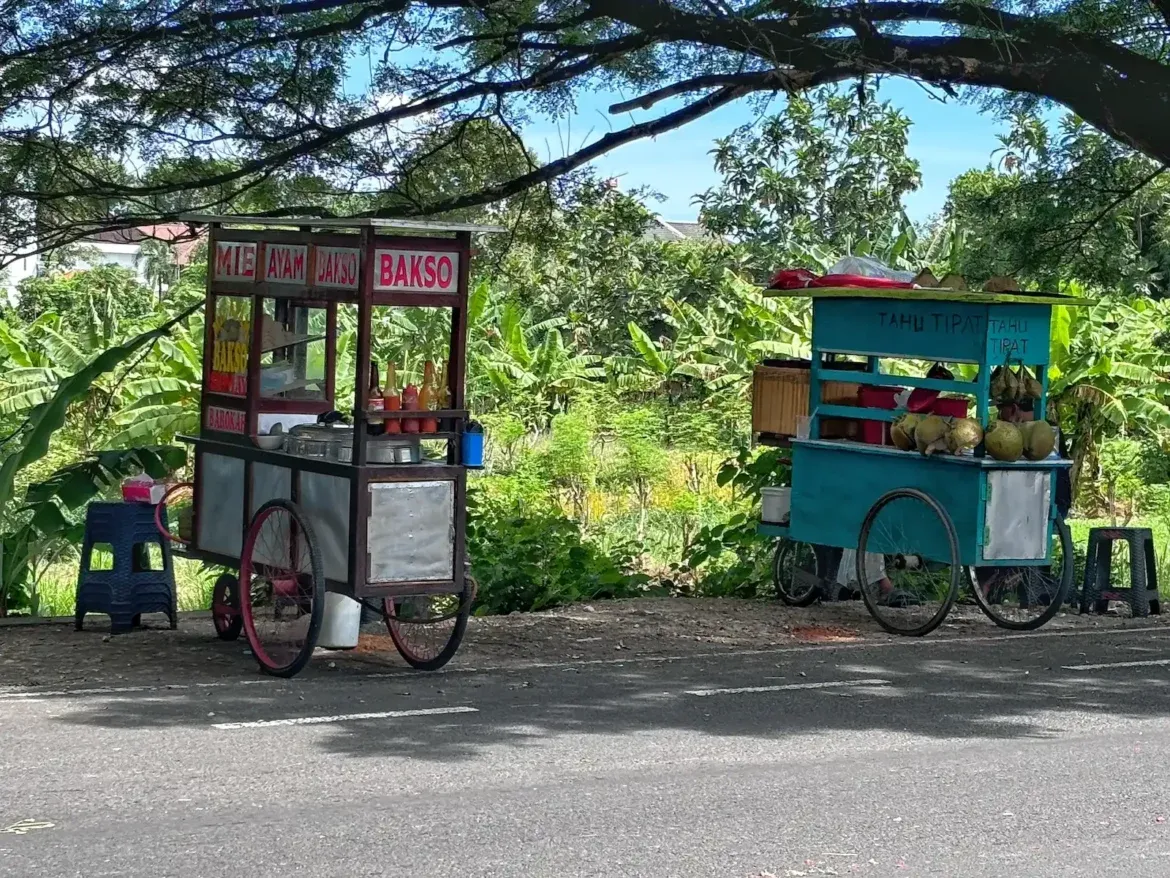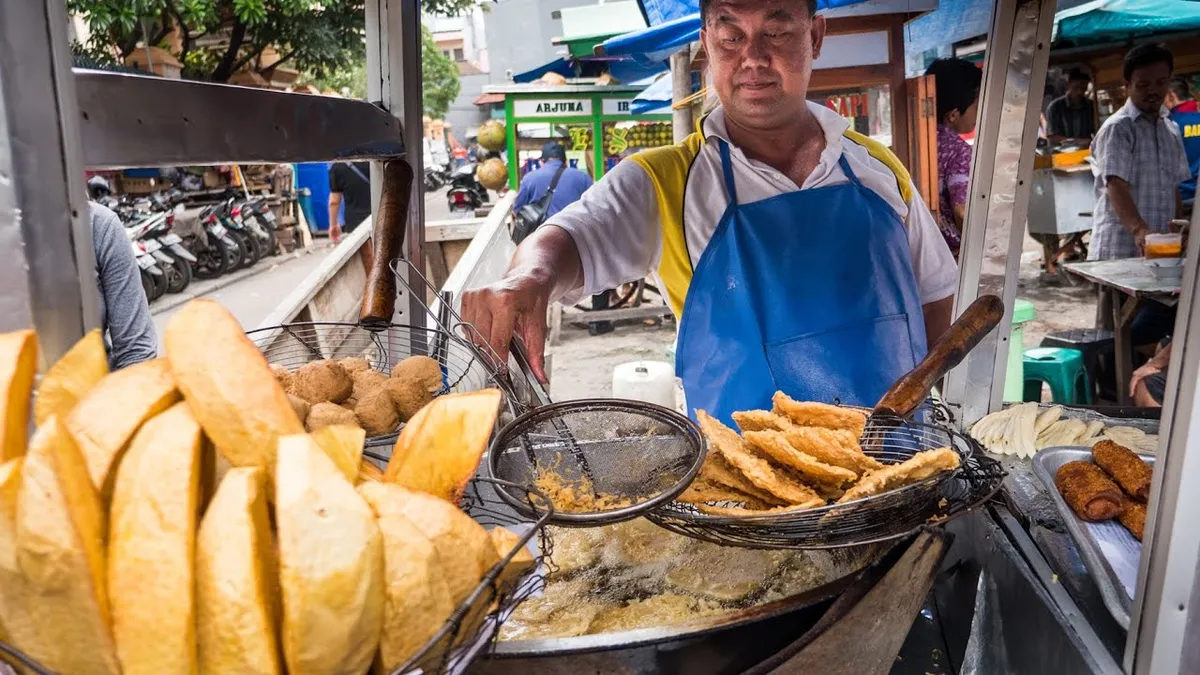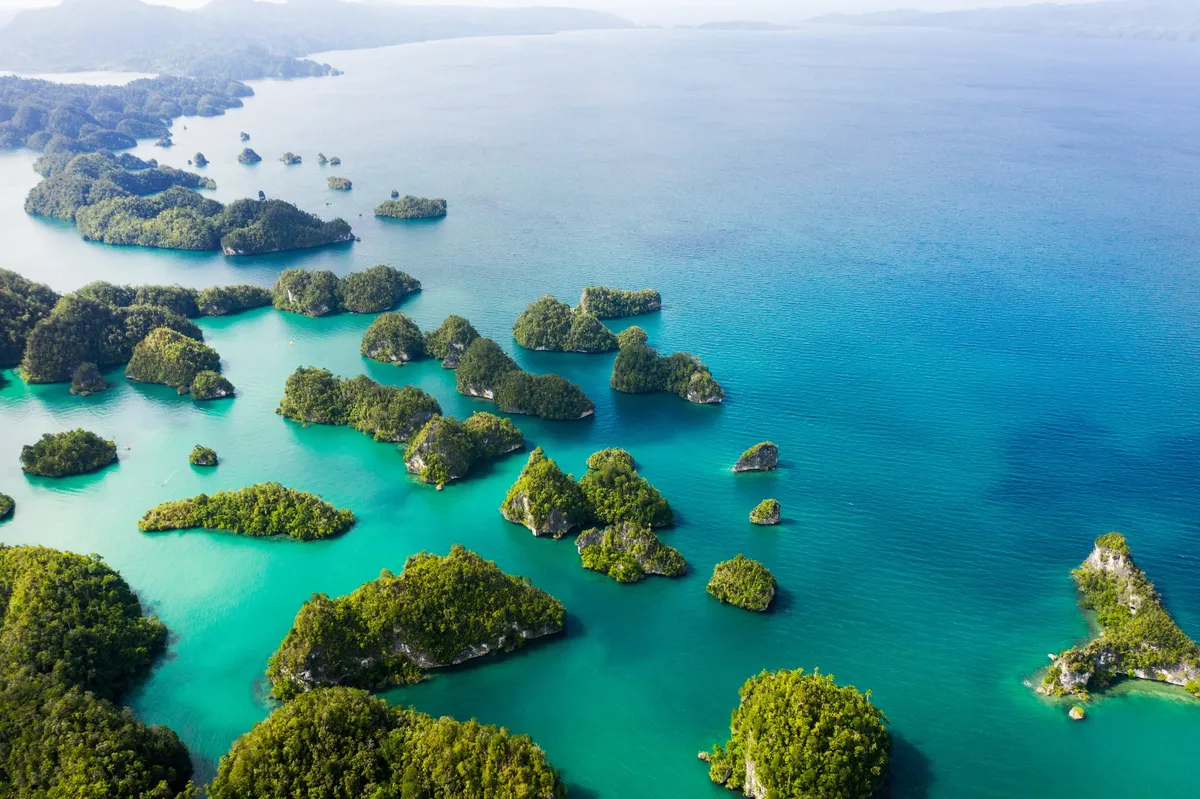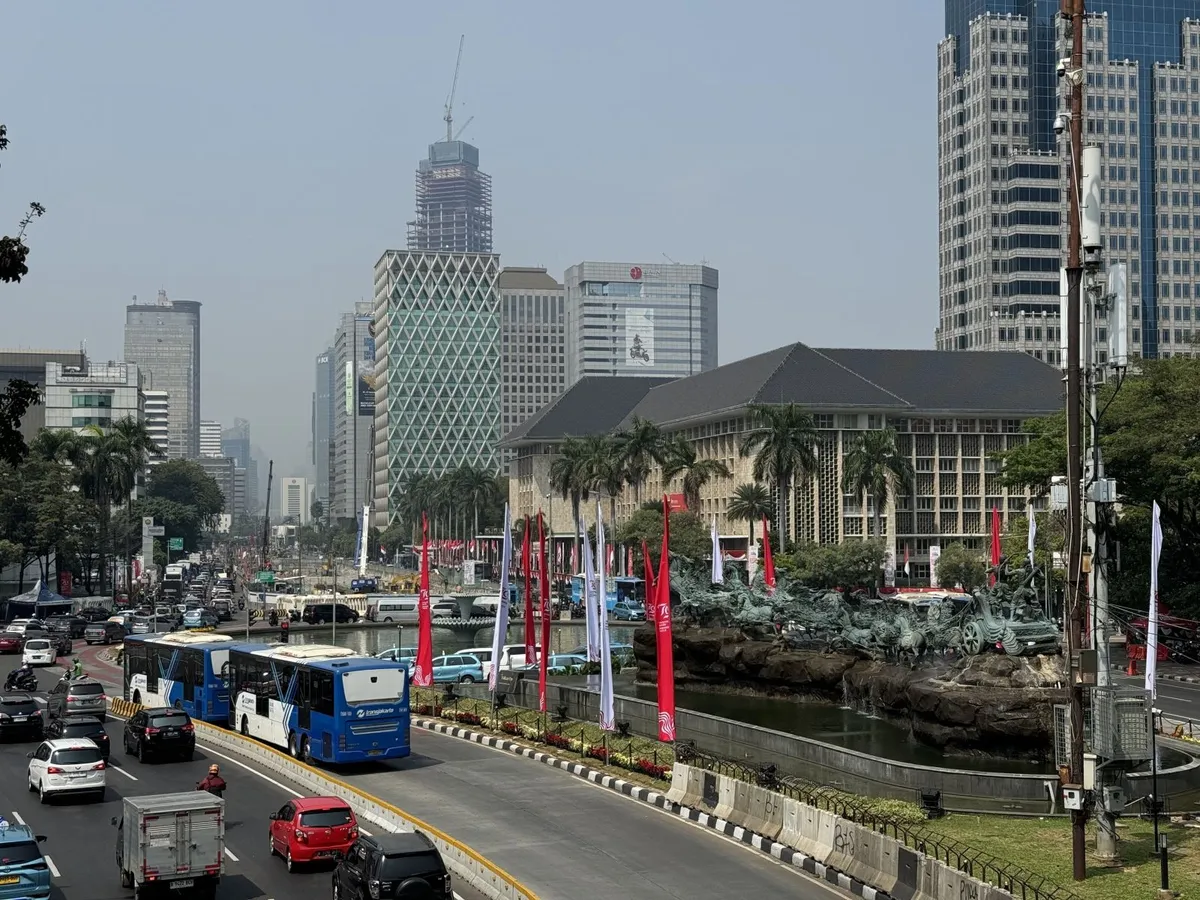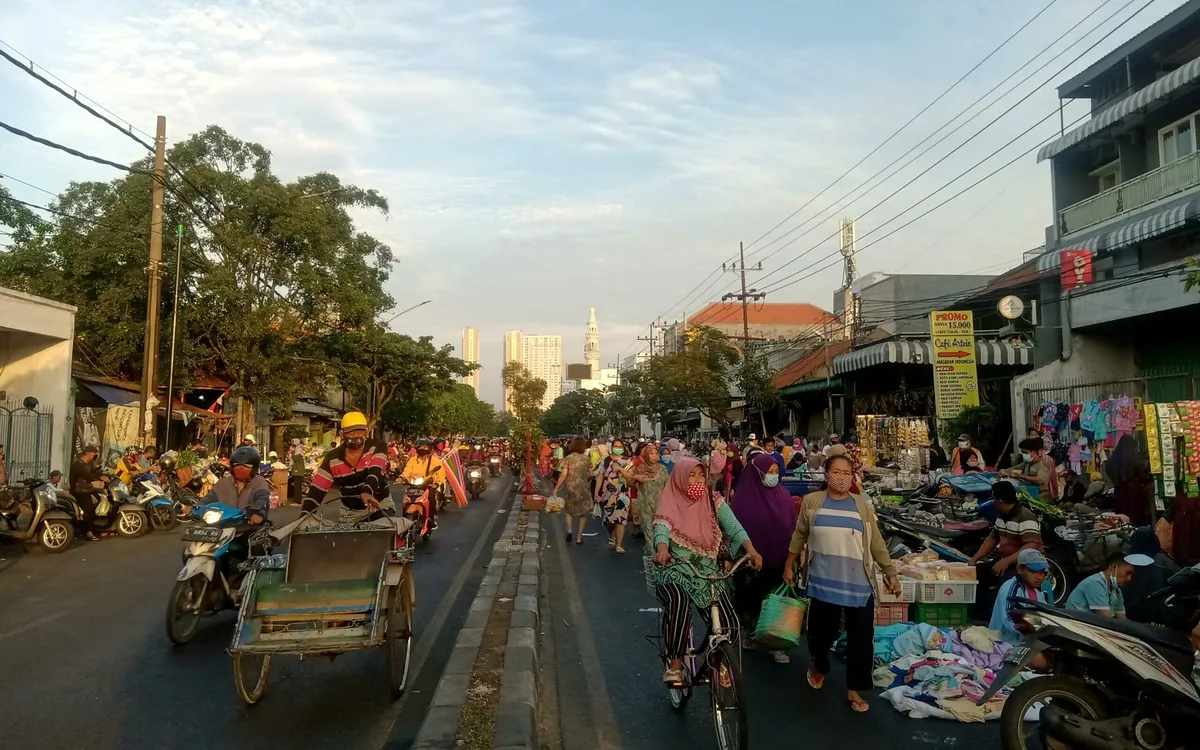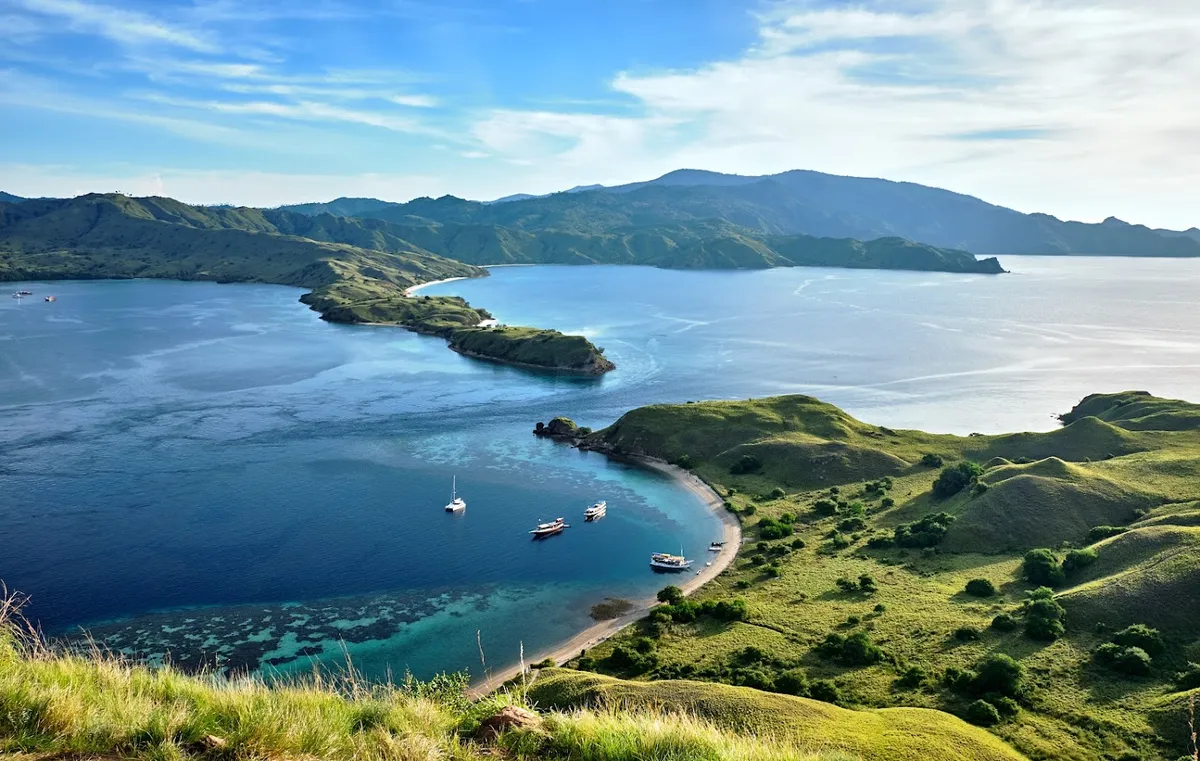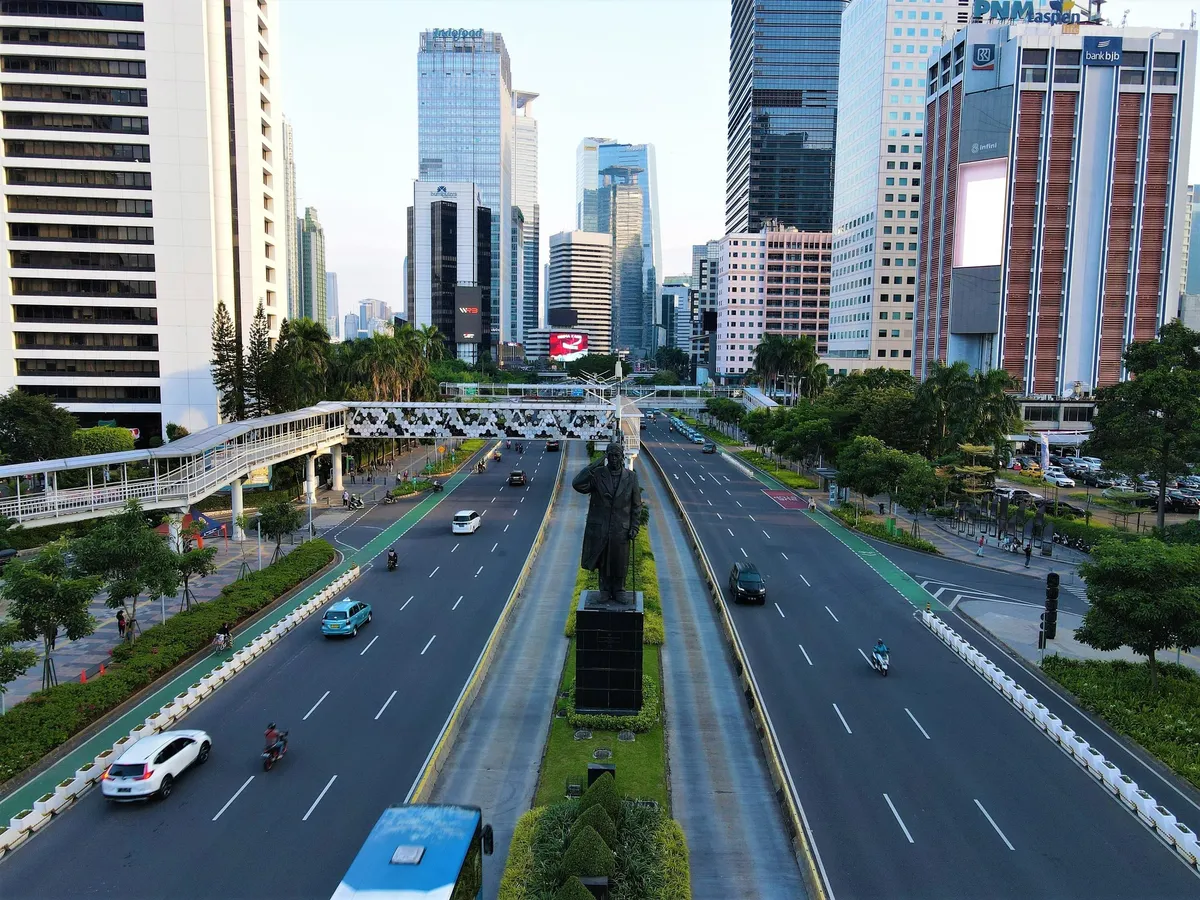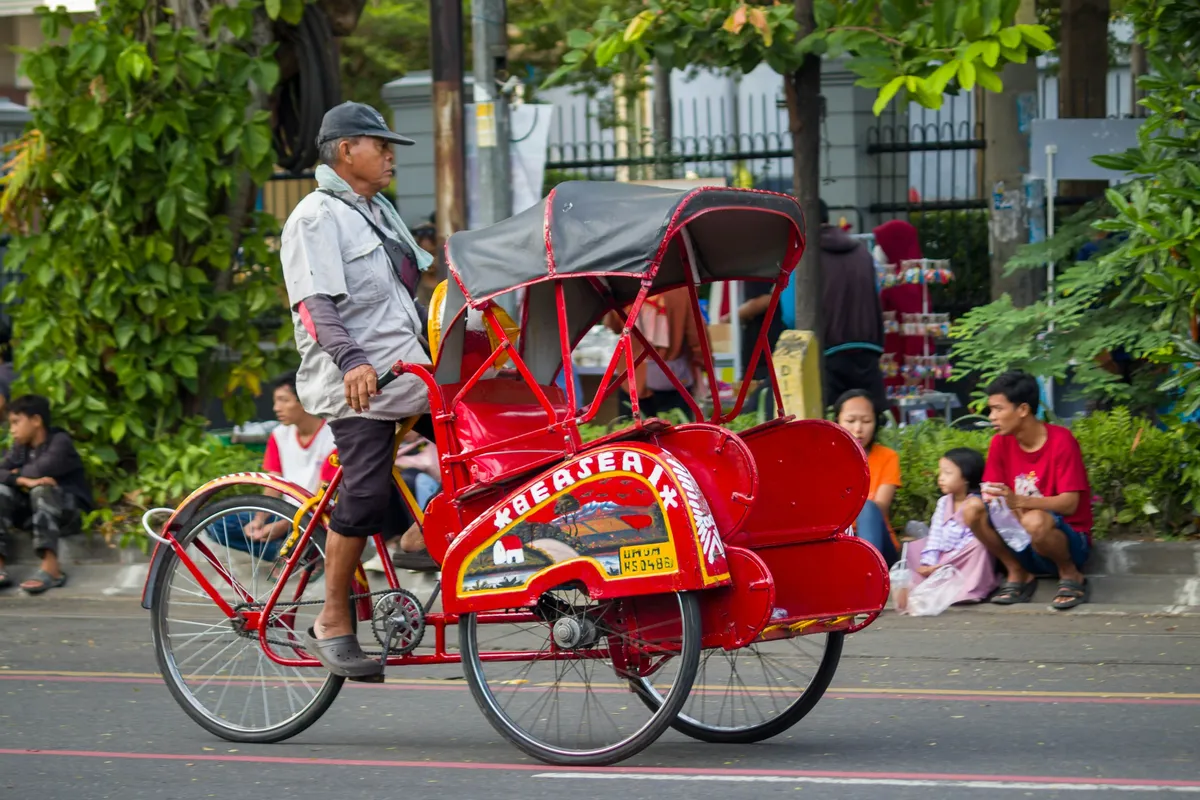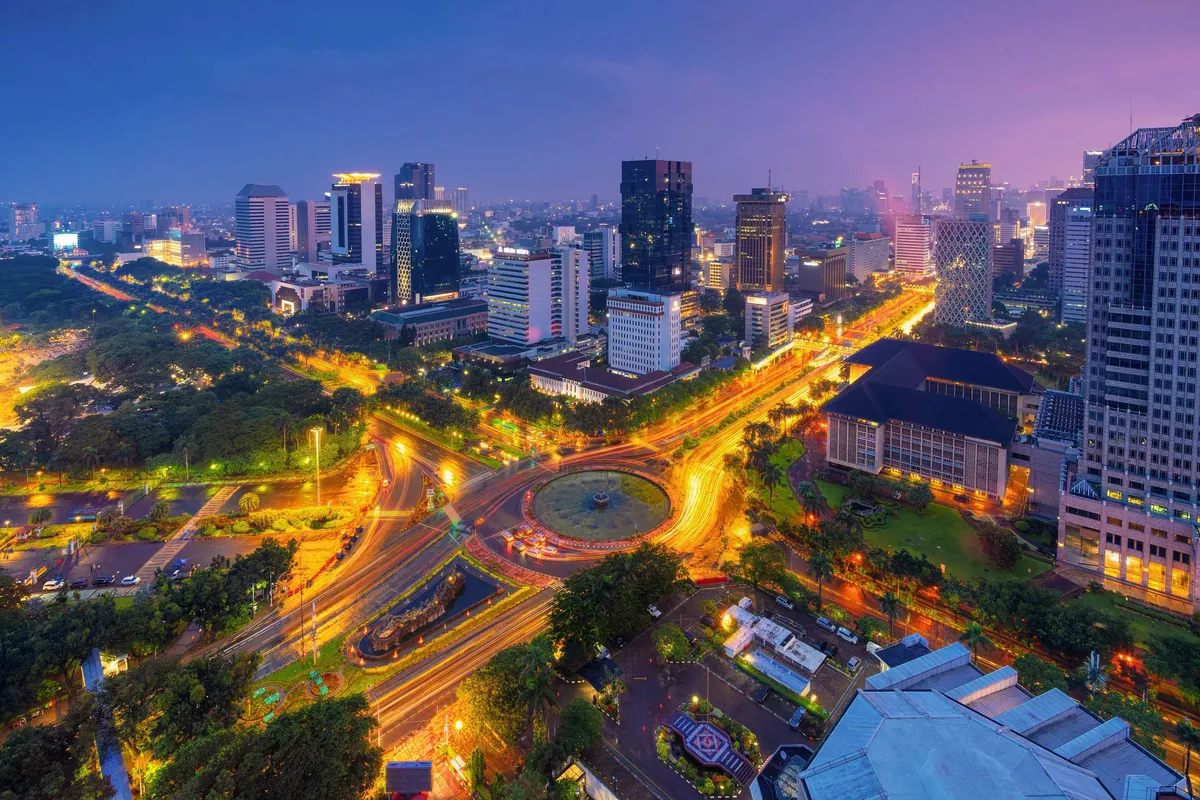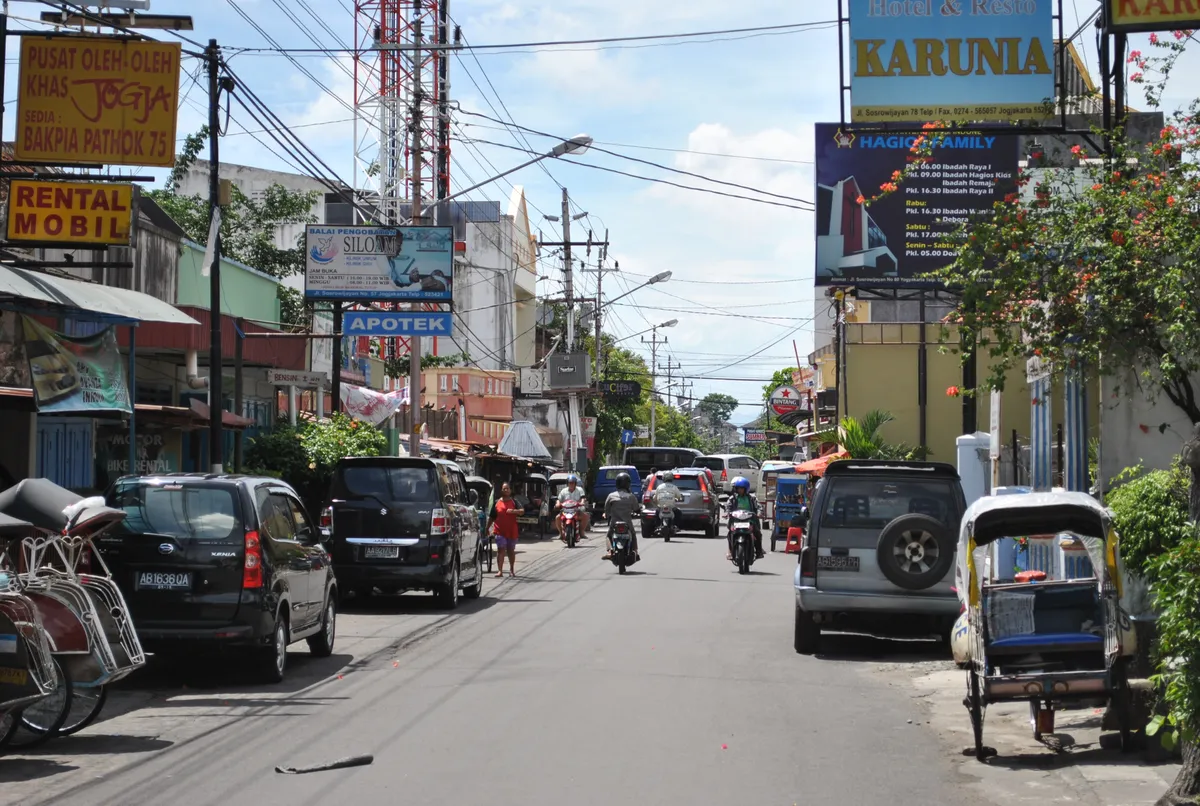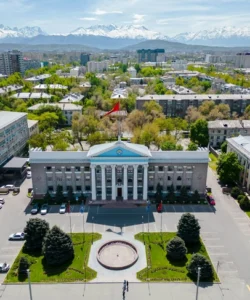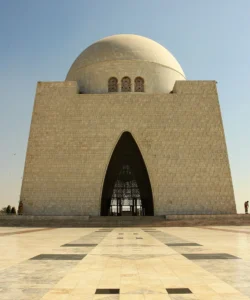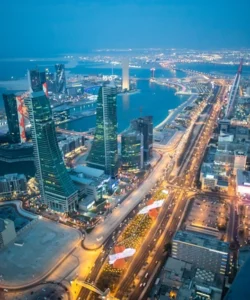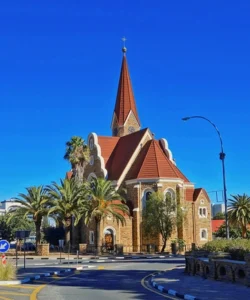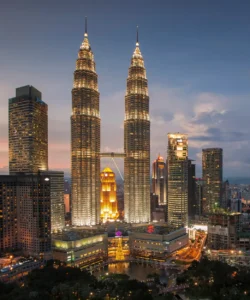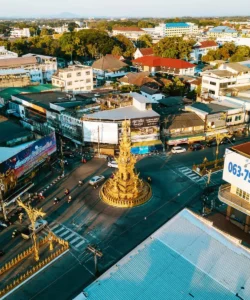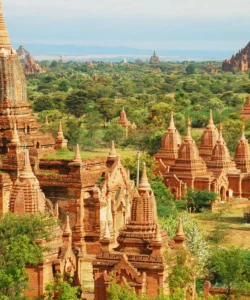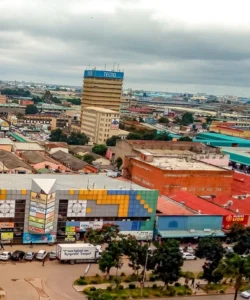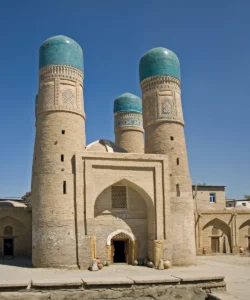Indonesia, officially the Republic of Indonesia, is an archipelagic country in Southeast Asia and Oceania, between the Indian and Pacific oceans. It is the world’s largest island country and the 14th-largest country by area.
![]()
Area: Approximately 1,916,906.77 sq km (land area). It comprises 16,056 islands.
Population: As of mid-2025, the official estimate stood at approximately 284.44 million.
Language: The official language is Bahasa Indonesia. Over 700 regional languages are also spoken, including Javanese, Sundanese, and Balinese.
Currency: Indonesian Rupiah (IDR), symbol Rp.
Religion: The majority of the population is Muslim (around 87.2% according to the 2010 census). Other significant religions include Protestantism, Roman Catholicism, and Hinduism.
Capital: Jakarta, located on the island of Java.
Major Cities: Besides Jakarta, other major cities include:
- Yogyakarta: A cultural and historical gem.
- Bali: A popular island paradise.
- Surabaya: Known as the “City of Heroes.”
- Bandung: A blend of nature and culture.
- Medan: Gateway to Sumatra’s wonders.
- Makassar: The gateway to Eastern Indonesia.
Attractions & Wonders:
Indonesia boasts a vast array of attractions, from ancient temples to stunning natural landscapes:
- Borobudur Temple: A magnificent 9th-century Buddhist temple.
- Prambanan Temple: A complex of Hindu temples.
- Komodo National Park: Home to the Komodo dragons and incredible marine life.
- Mount Bromo: An active volcano in East Java, famous for its sunrise views.
- Raja Ampat Islands: Renowned for their mesmerizing marine biodiversity and over 1,500 islands.
- Tegalalang Rice Terraces (Bali): Iconic terraced rice paddies.
- Sacred Monkey Forest Sanctuary (Ubud, Bali): A natural habitat for macaque monkeys and ancient temples.
- Tanah Lot Temple (Bali): A sea temple on a rock formation.
- Lake Toba (Sumatra): The world’s largest volcanic lake.
- Kelimutu National Park (Flores): Features three volcanic lakes that change color.
- Mount Rinjani (Lombok): A challenging but rewarding volcano climb.
- Ijen Crater (Java): Known for its blue flames and turquoise acidic lake.
- Gili Islands: A popular trio of small islands near Lombok, known for their relaxed vibe and excellent diving.
- Uluwatu Temple (Bali): A cliff-top temple with stunning ocean views.
- Kuta Beach (Bali): Famous for surfing and vibrant nightlife.
Architecture:
Traditional Indonesian architecture is highly diverse, reflecting the country’s many ethnic groups. A notable feature is the steeply pitched roof, often covered with natural materials like palm leaves or grass, which provides protection from the tropical climate. Ancient temples like Borobudur and Prambanan showcase intricate stone carvings and impressive structural designs.
Roads:
While major islands like Java and Bali have relatively better road infrastructure, road conditions in many rural areas, especially outside these islands, can be poor. Landslides and lack of maintenance are common issues, impacting accessibility and local economies. The total road network is vast, with a significant portion being asphalted. Traffic drives on the left-hand side.
Hotels:
Indonesia offers a wide range of accommodation options, catering to all budgets and preferences.
- Luxury: High-end resorts and hotels are prevalent, especially in popular tourist destinations like Bali and Jakarta, often featuring world-class amenities, stunning views, and personalized services.
- Mid-Range and Budget: Numerous mid-range and budget-friendly hotels, guesthouses, and homestays are available across the country, providing comfortable and affordable options for travelers.
- Unique Stays: The rise of experiential travel has led to an increase in unique accommodations such as eco-lodges, boutique hotels, and villas, often incorporating traditional Indonesian design and sustainable practices.
- Short-Term Rentals: Platforms like Airbnb are also popular, offering a variety of apartments and private homes for rent.
Restaurants & Cuisine:
Indonesian cuisine is incredibly diverse, influenced by various cultures including Eastern Asian, Melanesian, Middle Eastern, Indian, Dutch, and other European heritages. Key characteristics include a rich use of spices, resulting in “spiced (not hot), spicy (hot), sweet, sour, and strong” flavors.
- Staple Ingredients: Rice, noodles, various proteins (chicken, beef, fish, shrimp, tempeh), tropical fruits, and a wide array of vegetables.
- Spices: Chilies, cloves, coriander, cumin, galangal, ginger, nutmeg, and turmeric are commonly used.
- Signature Dishes:
- Rendang: A richly spiced beef stew cooked in coconut milk, particularly from Sumatra.
- Nasi Goreng: Fried rice, often considered the national dish.
- Satay: Skewered and grilled meat (chicken, beef, or lamb) served with a peanut sauce.
- Gado-Gado: A vegetable salad with peanut sauce.
- Sambal: A ubiquitous chili-based condiment, served with almost every meal.
- Popular Restaurants (in Jakarta, for example): Namaaz Dining (molecular gastronomy), Lara Djonggrang (romantic ambiance with traditional Indonesian cuisine), and Café Batavia (historic charm). Street food is also a vital part of the culinary experience.
Annual Travel:
Indonesia is a significant global travel destination. In May 2025, Indonesia welcomed 1.31 million international tourists, a 14.01% increase compared to the previous year. Cumulatively, from January to May 2025, the country recorded 5.63 million international tourist arrivals, up 7.44% from the same period in 2024. Major contributing countries for foreign tourist arrivals include Malaysia, Australia, and Singapore. Domestic tourism is also robust, with over 508 million local tourists visiting top destinations in the January-May 2025 period. The hospitality industry is focusing on technology adoption, experiential travel, and green tourism to meet evolving traveler demands.
